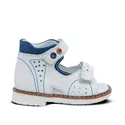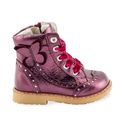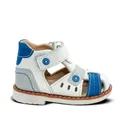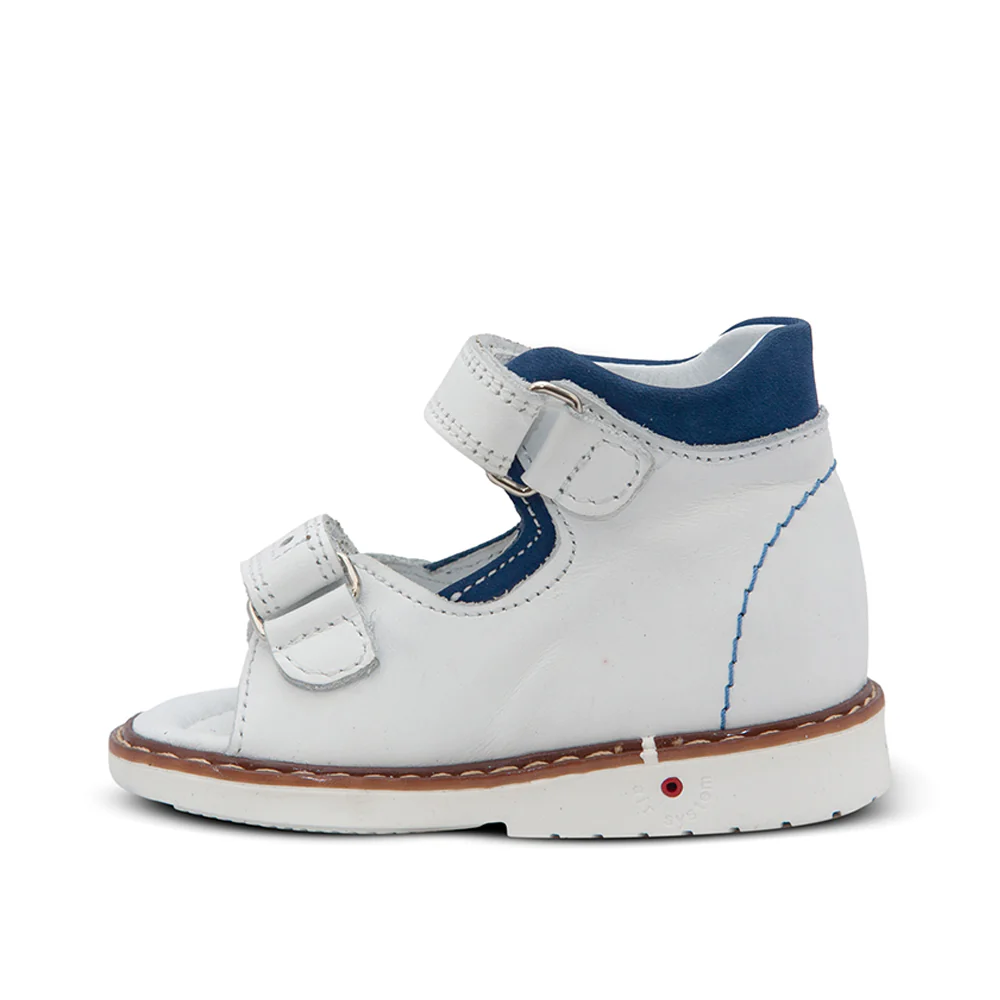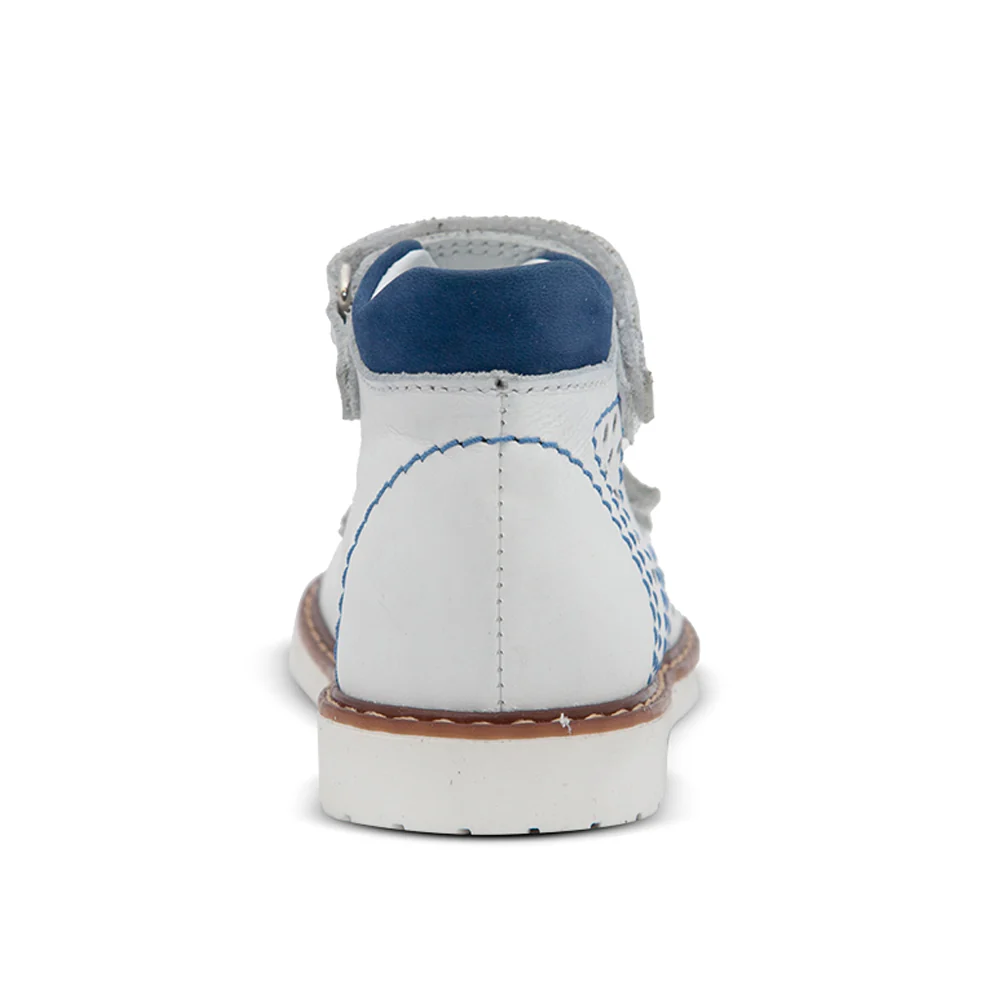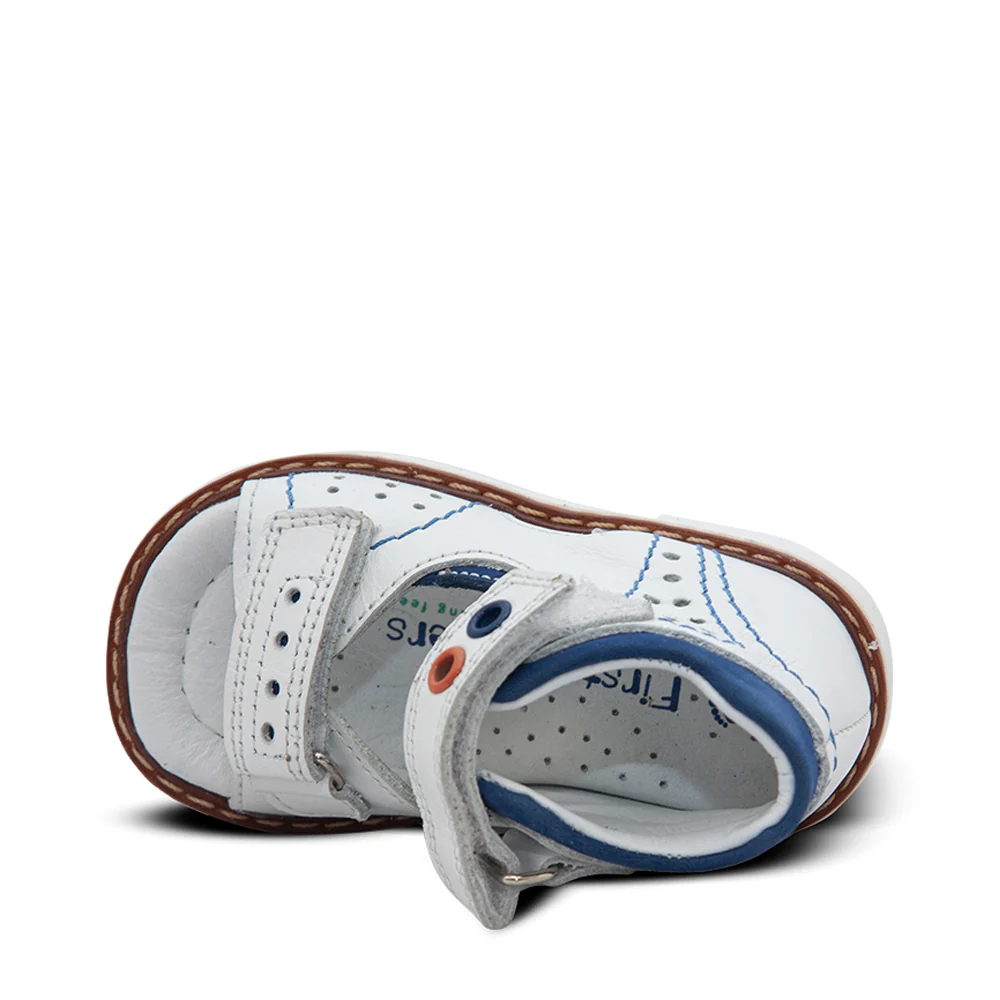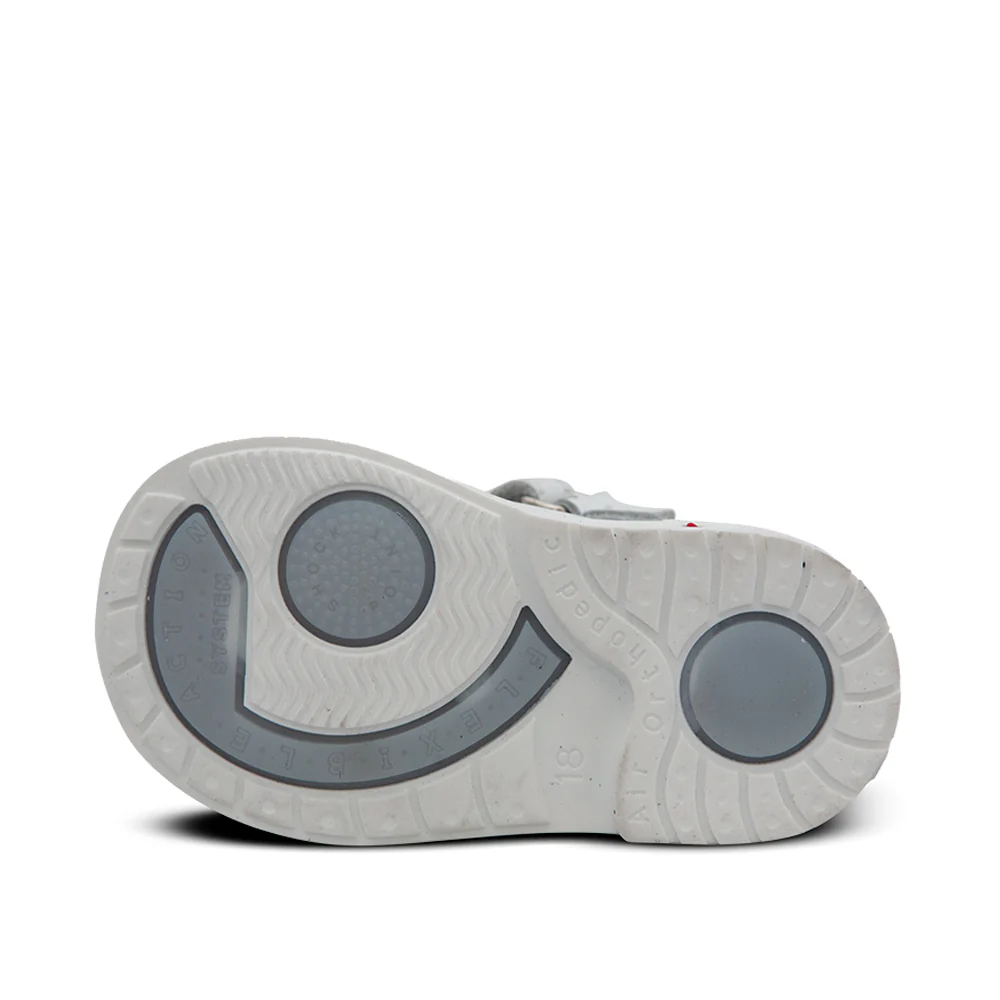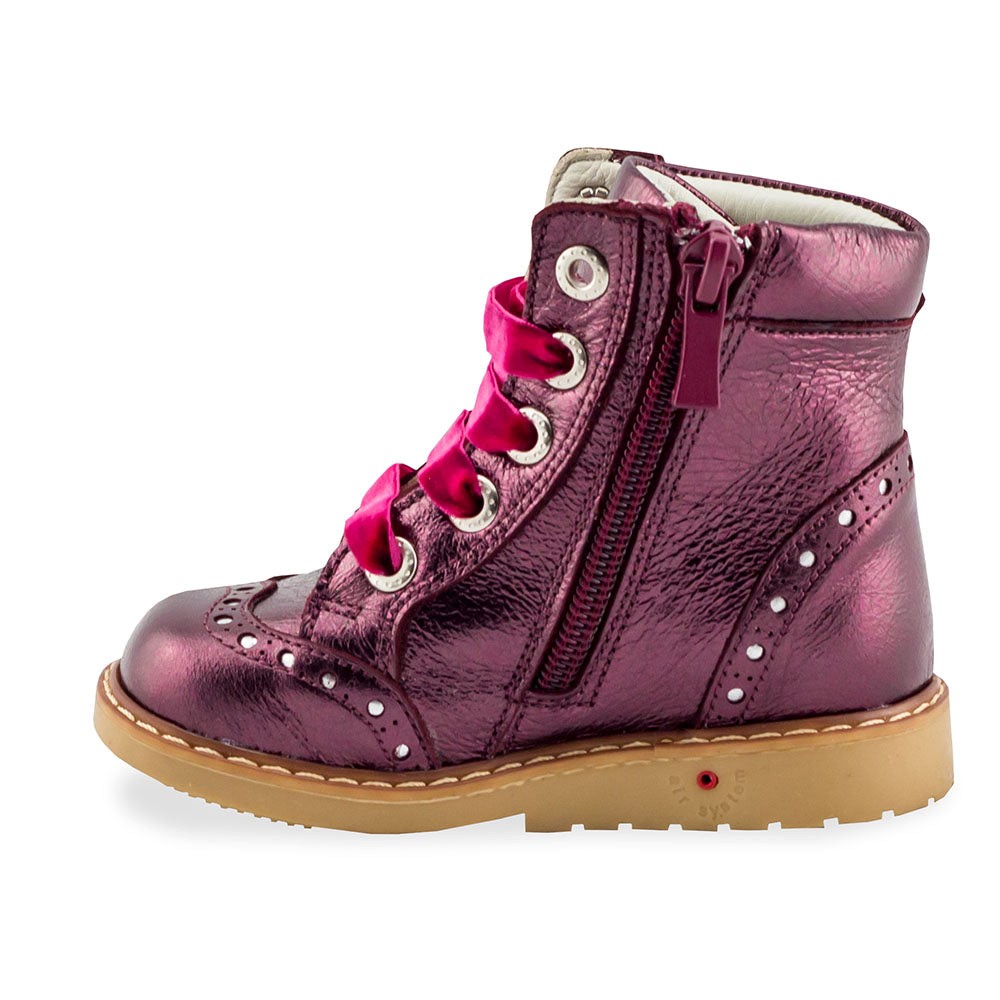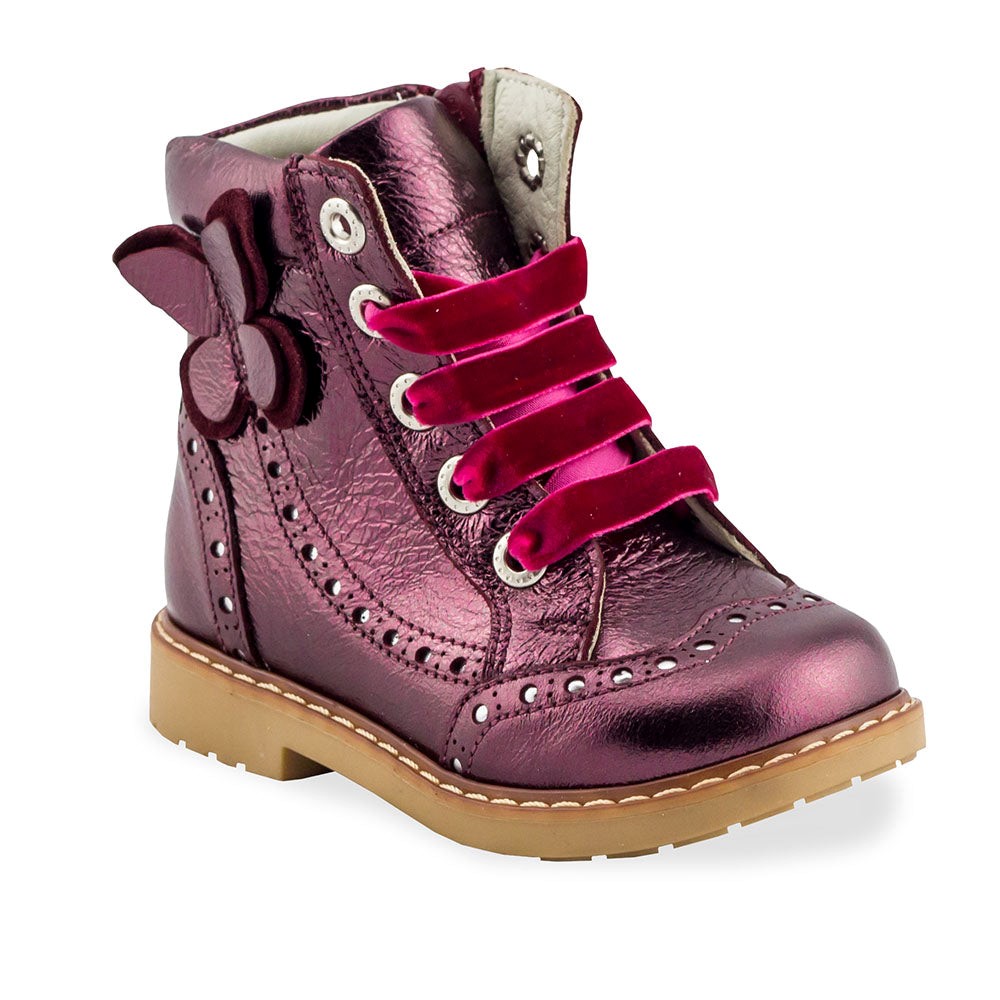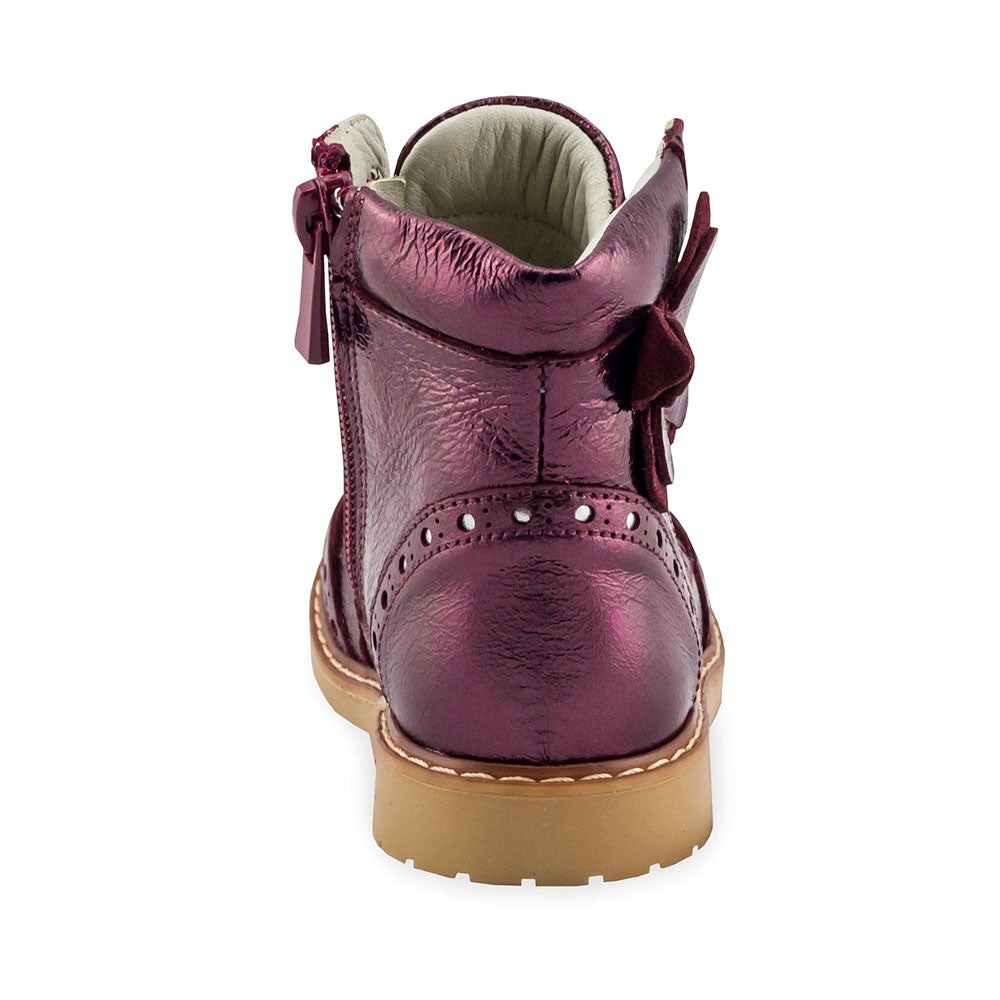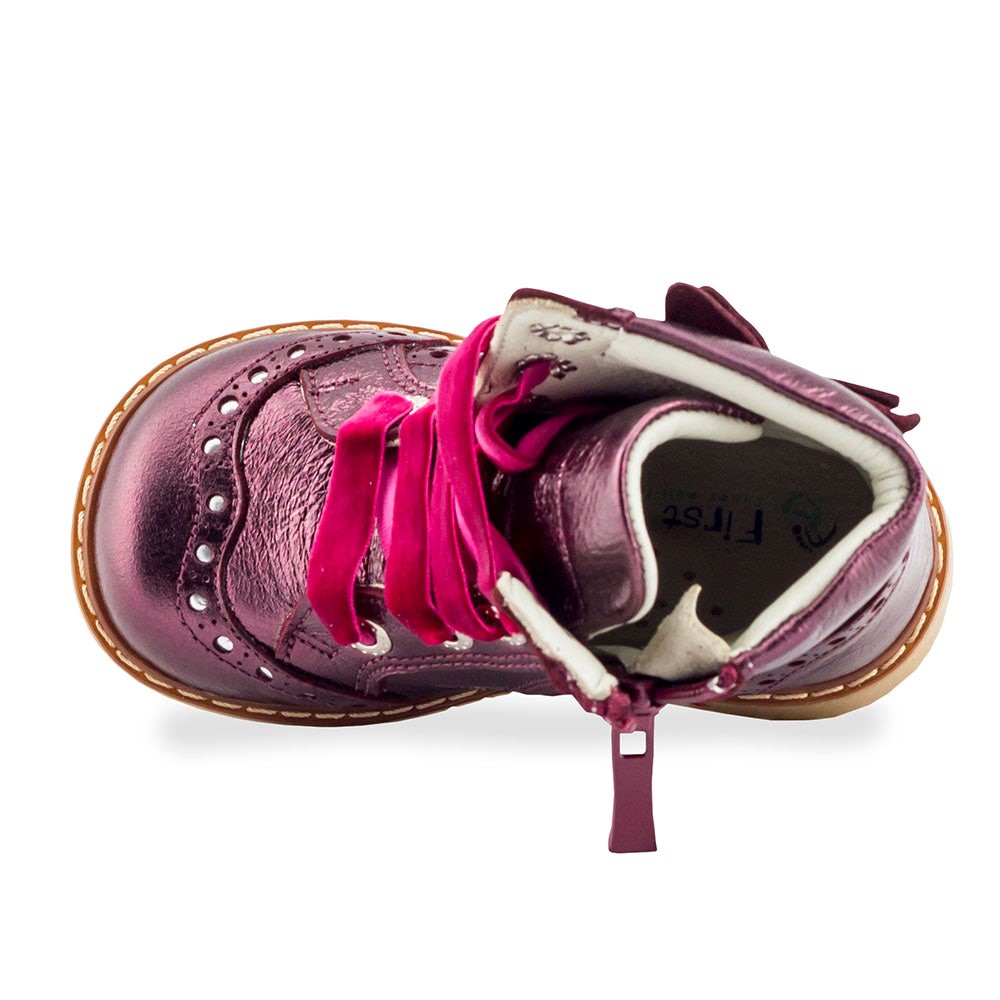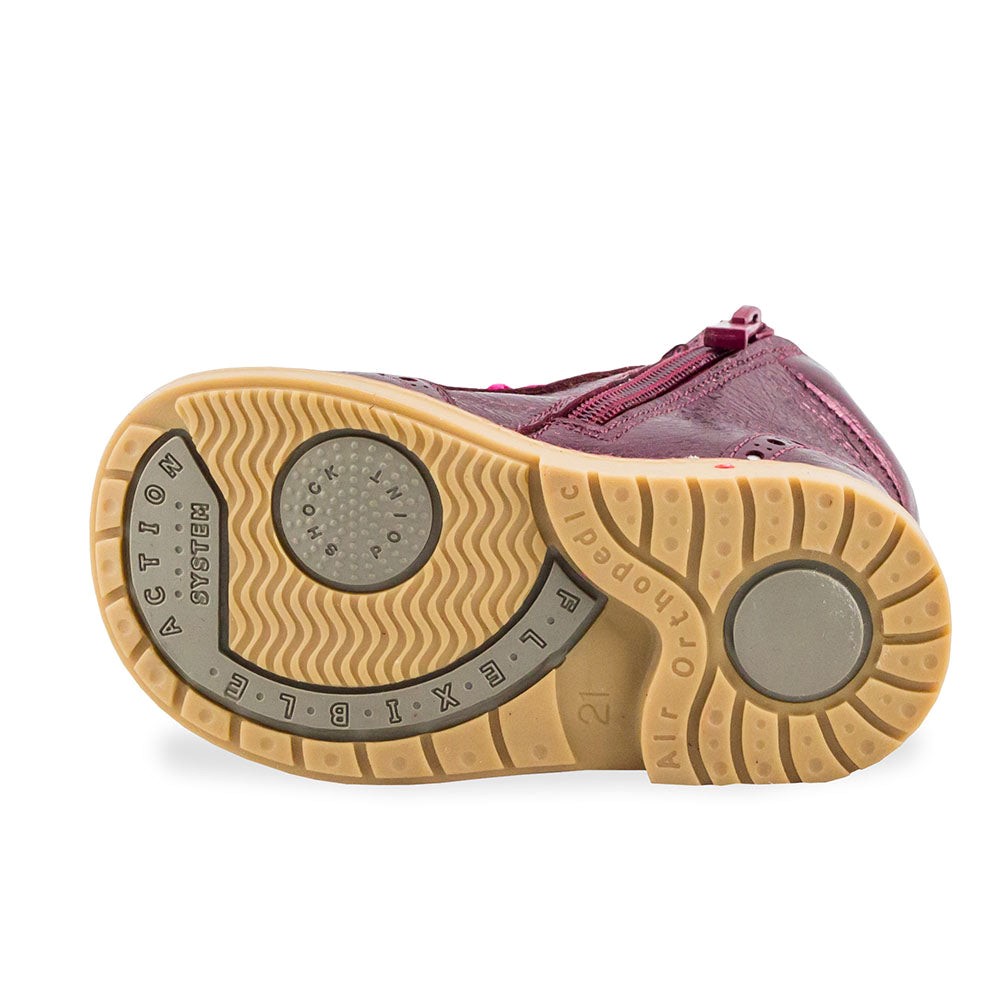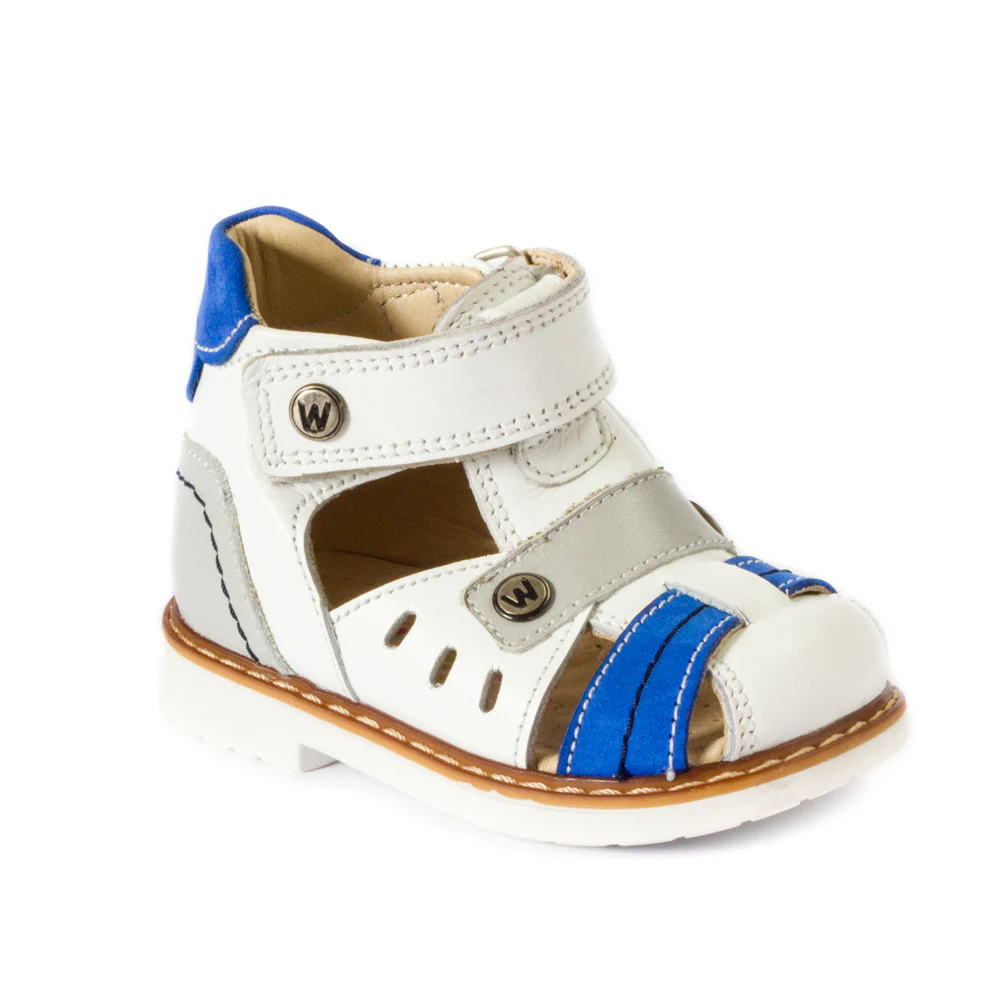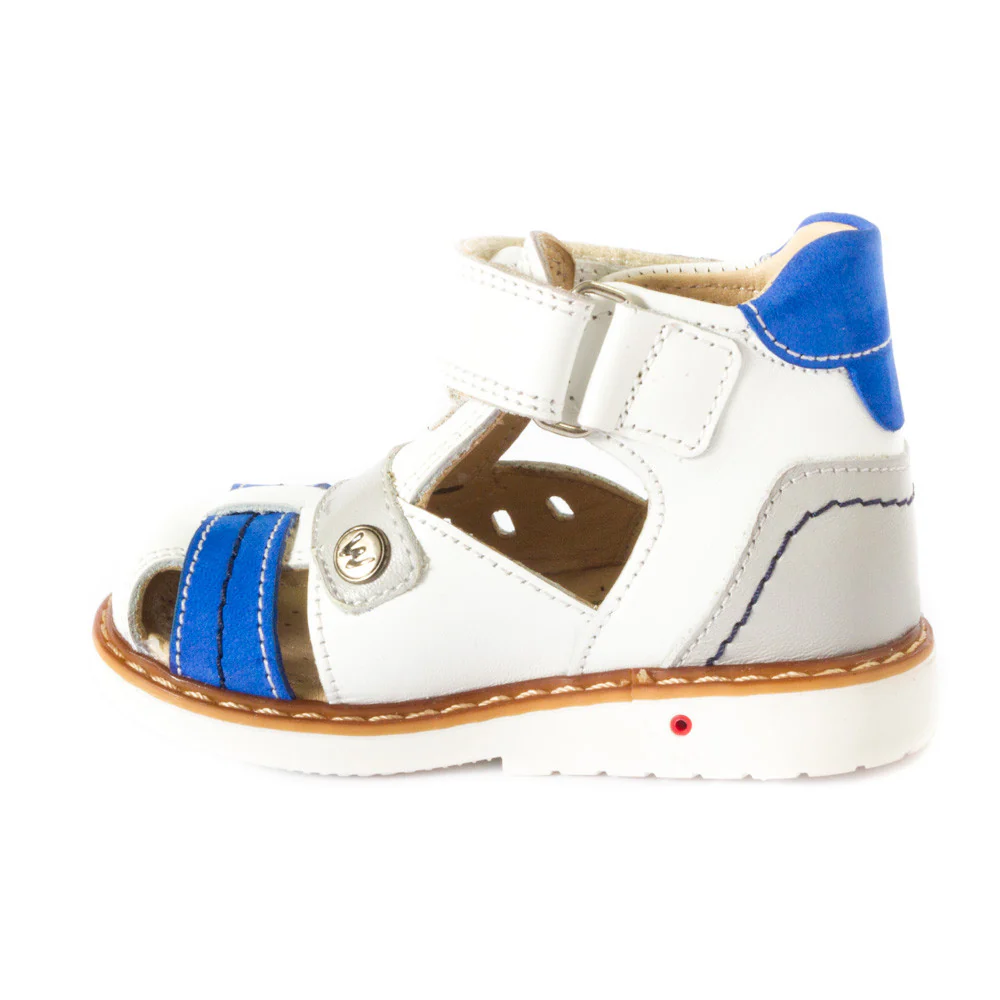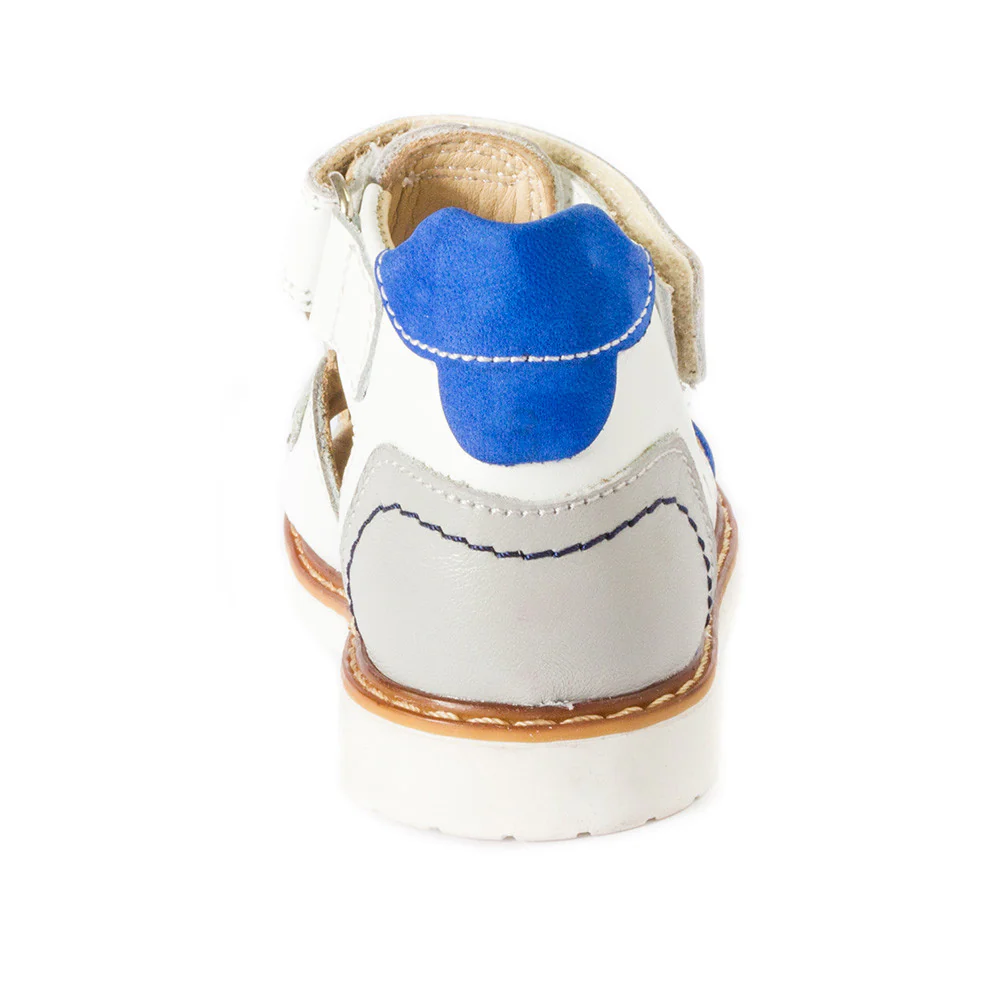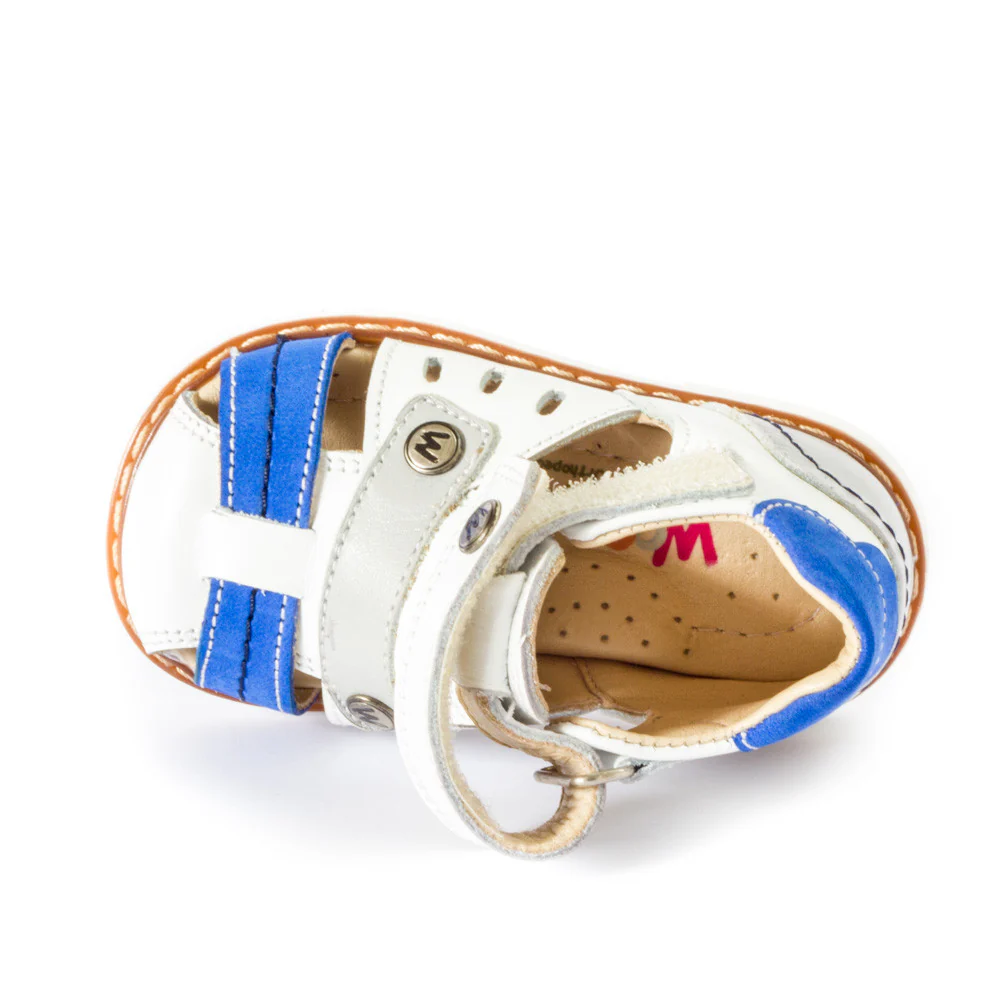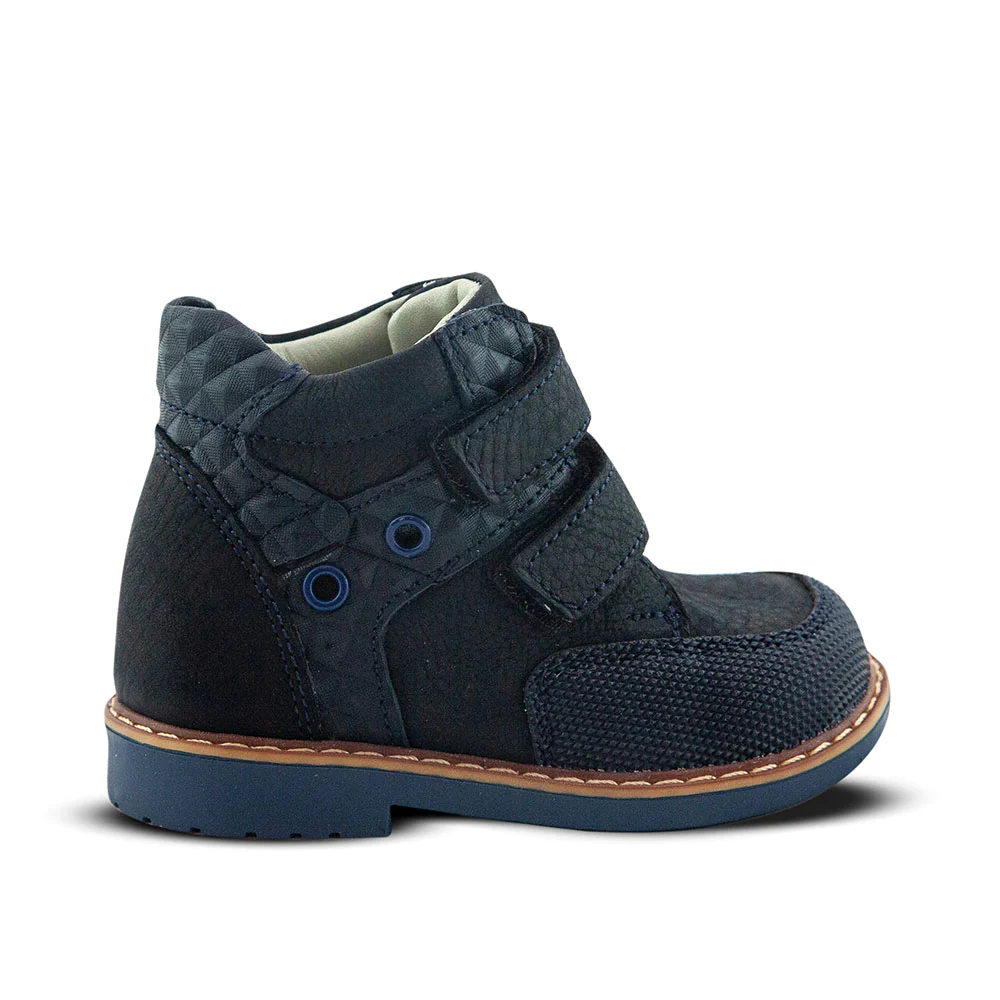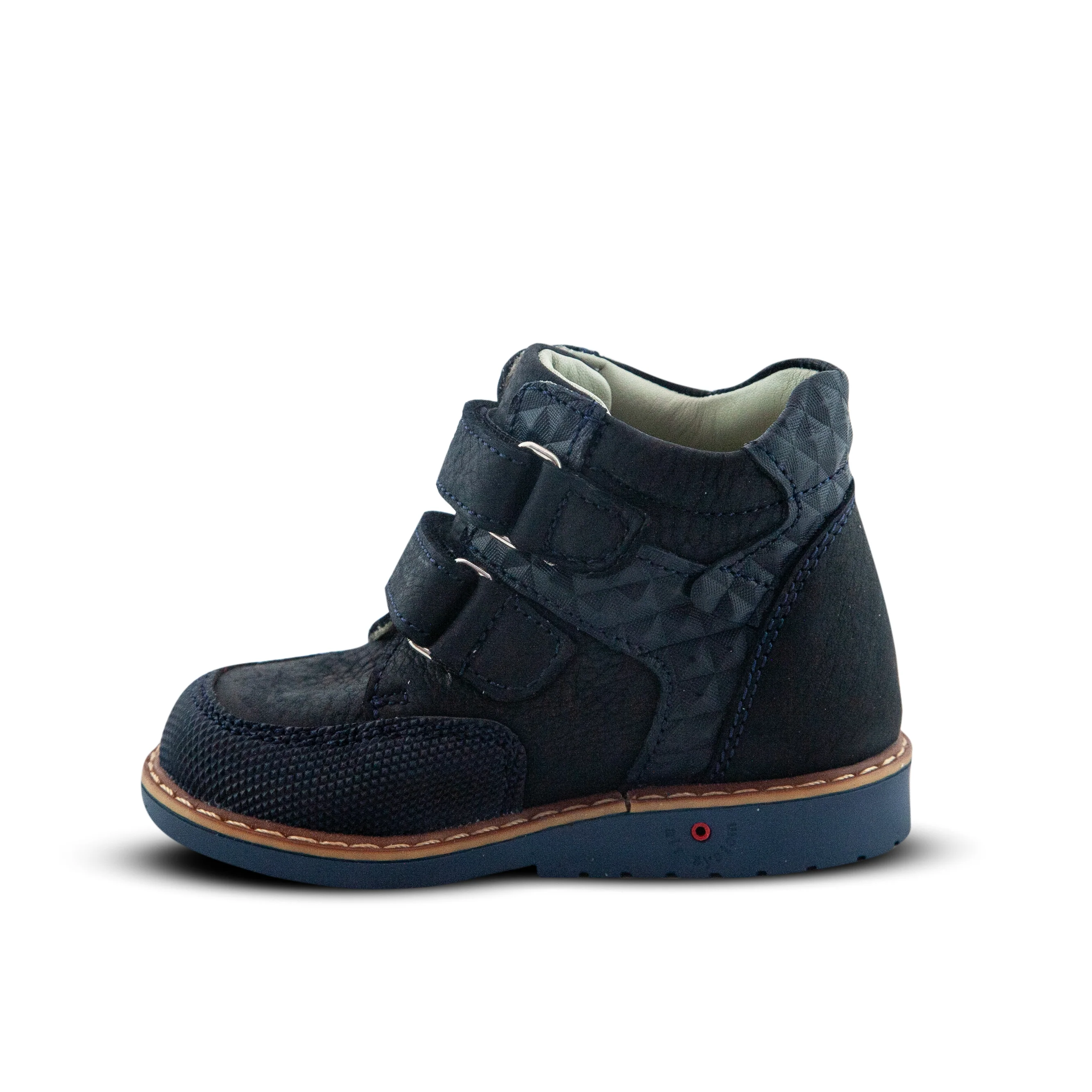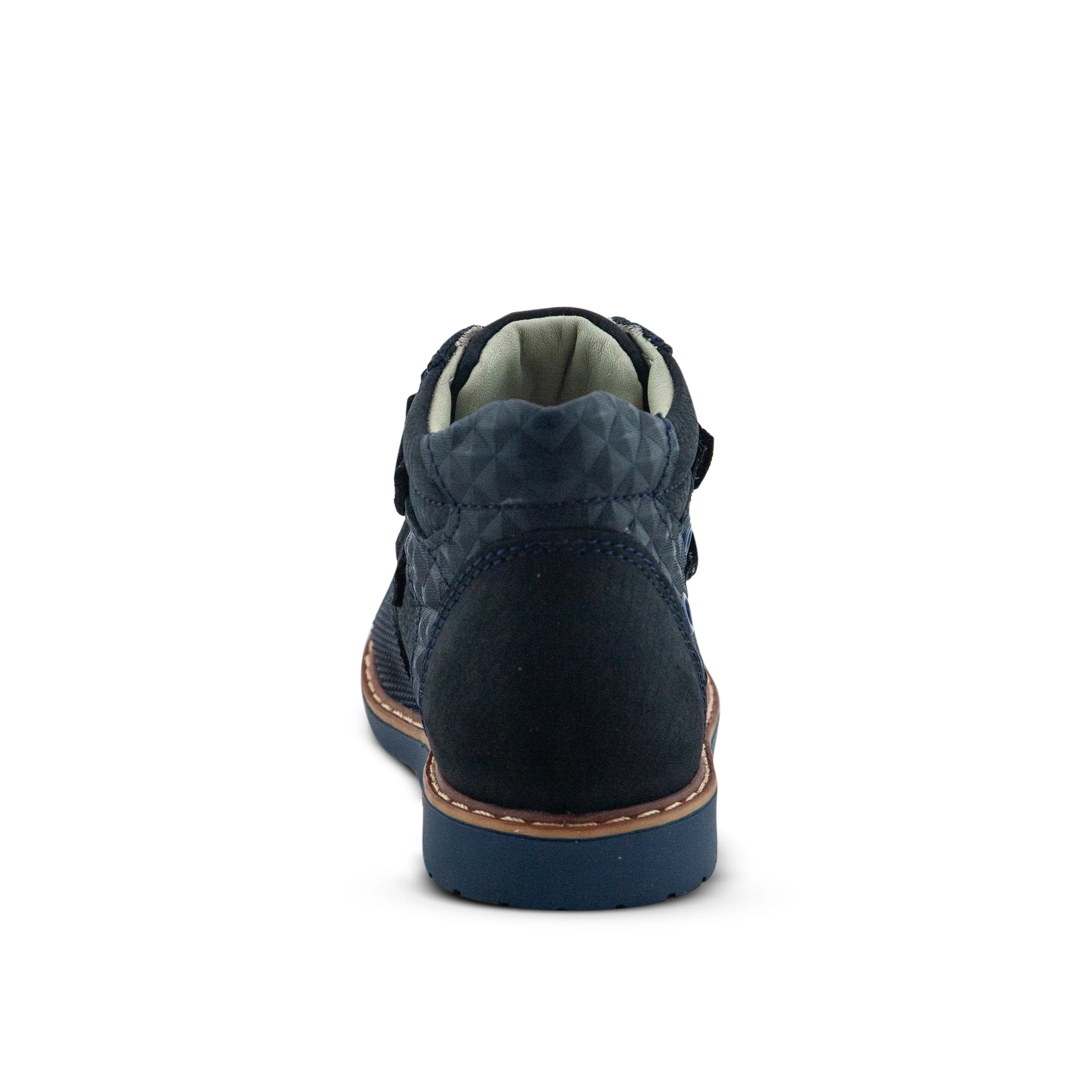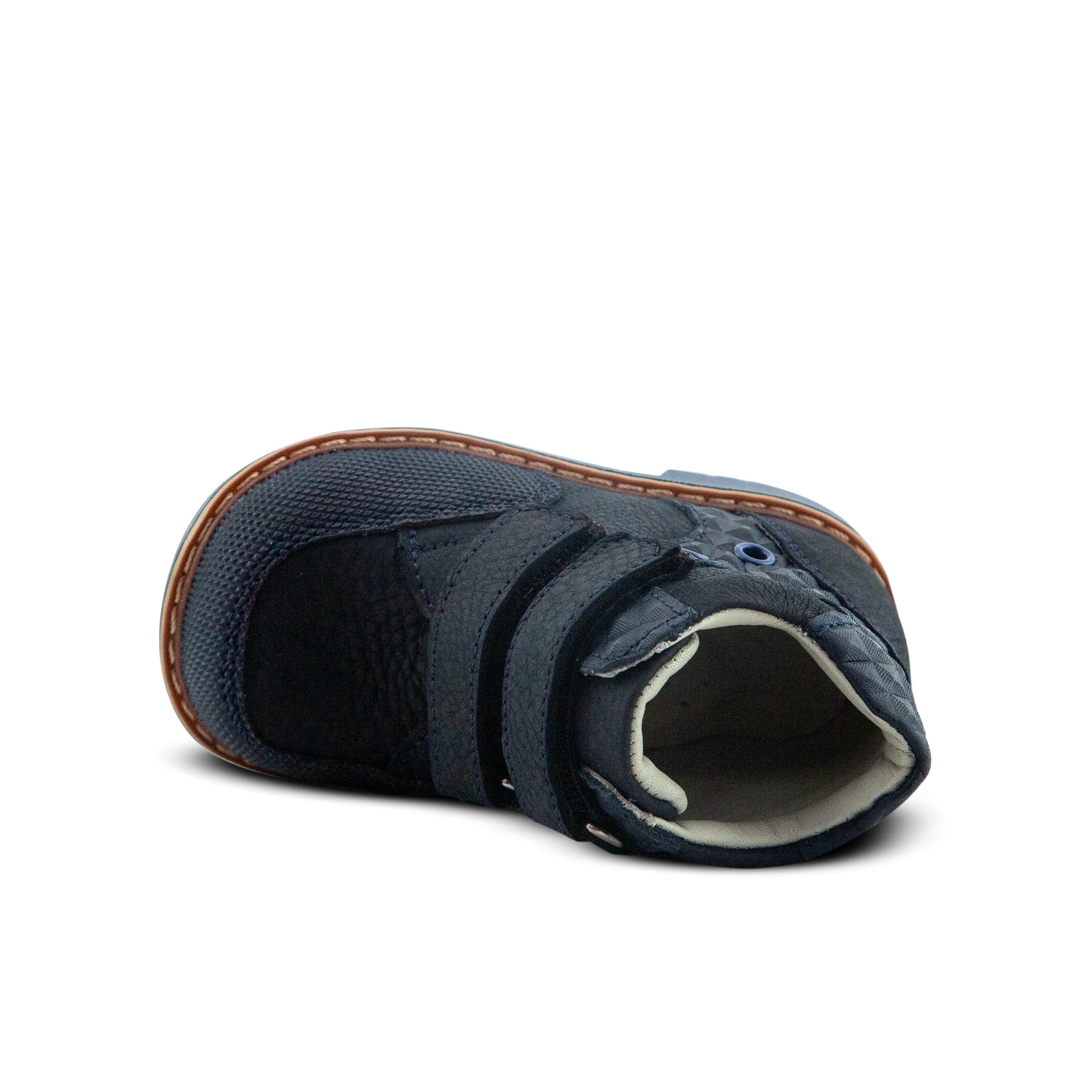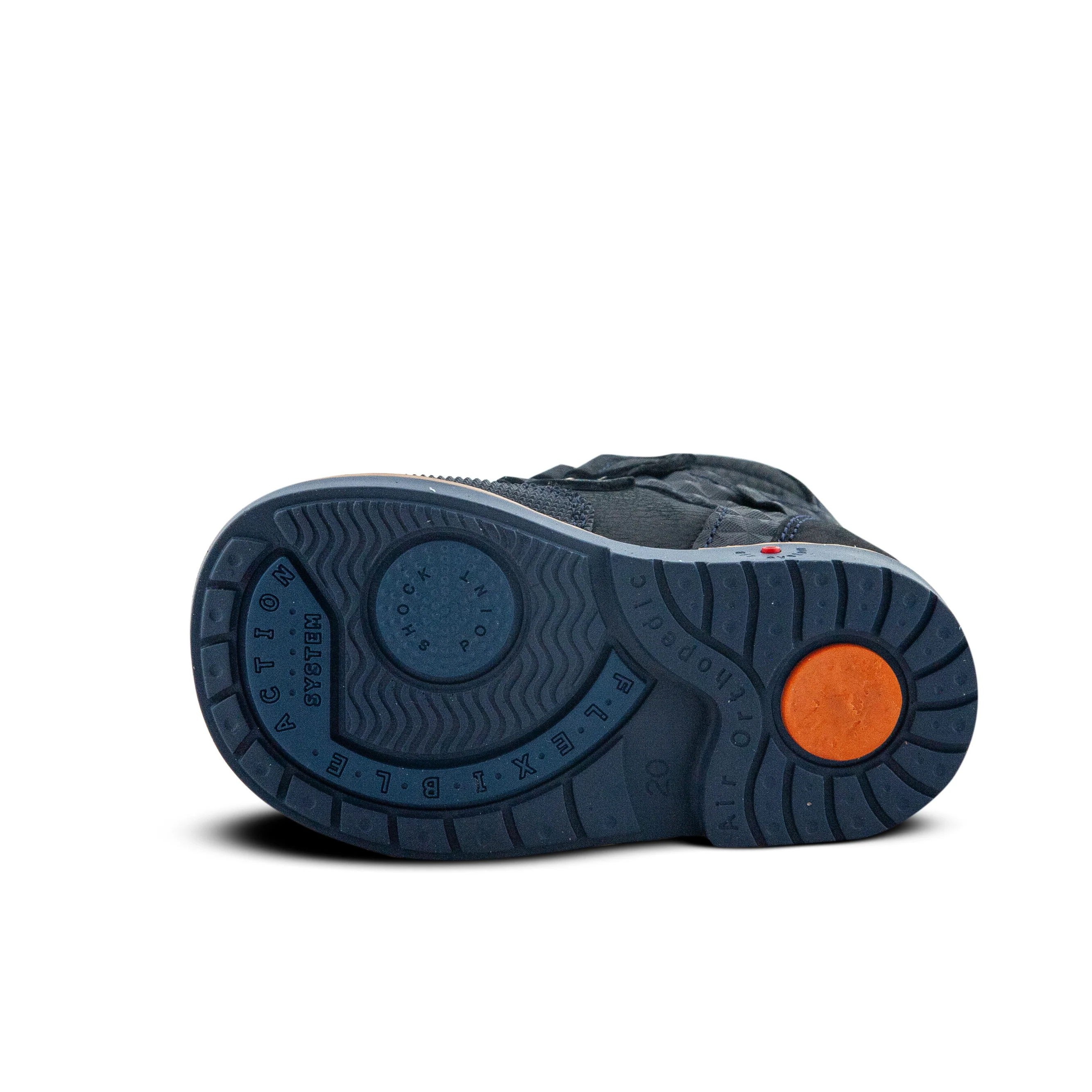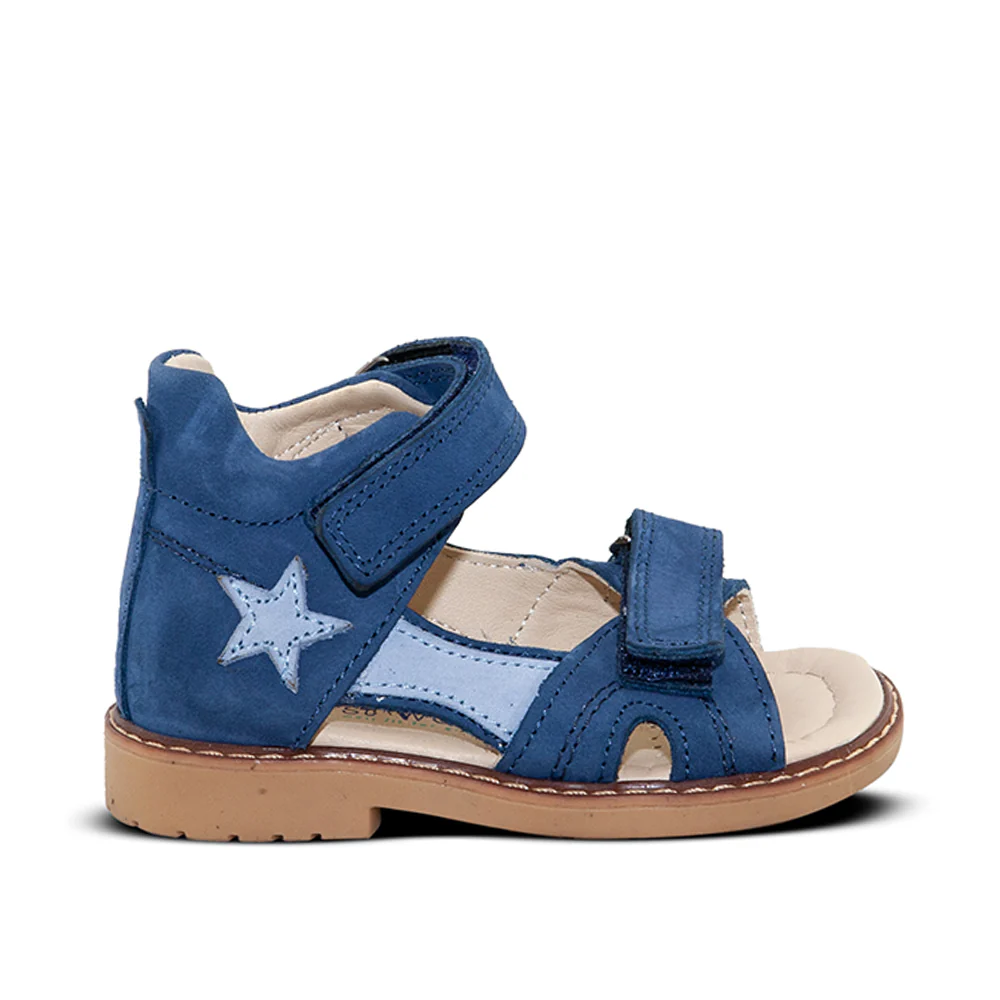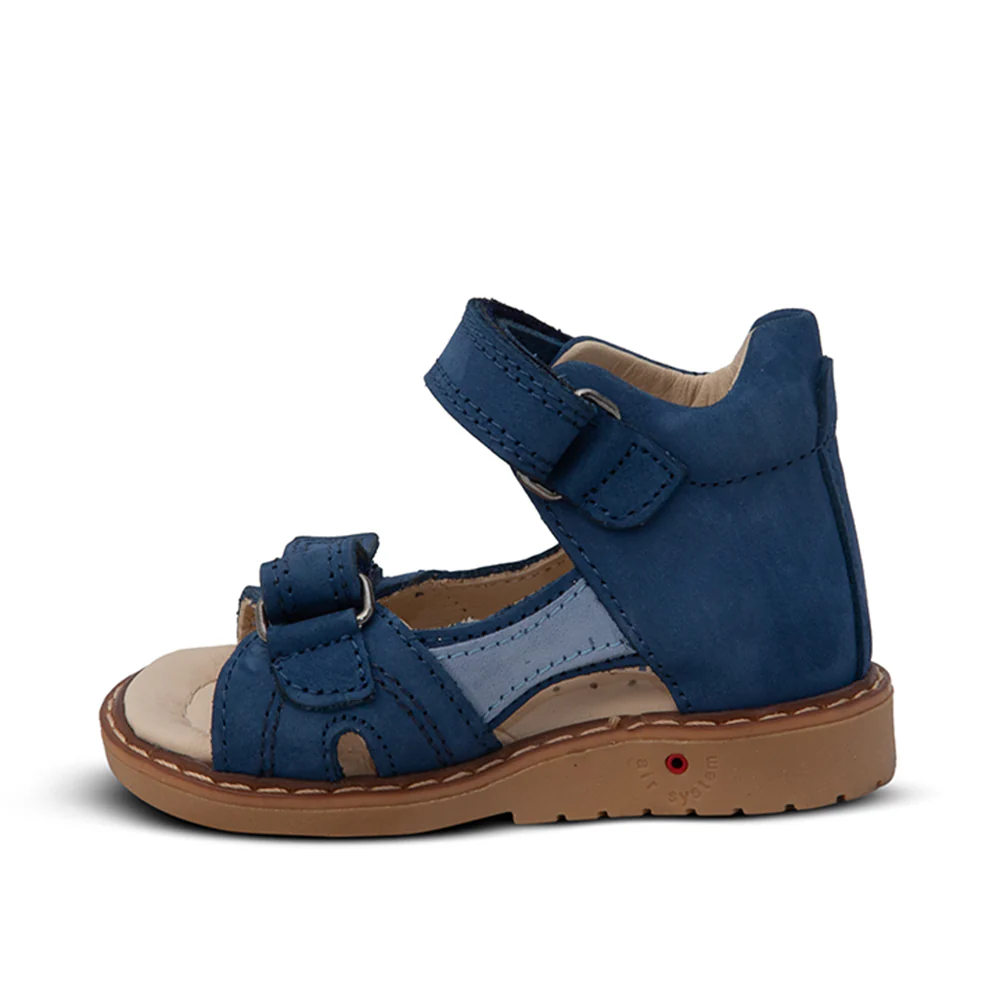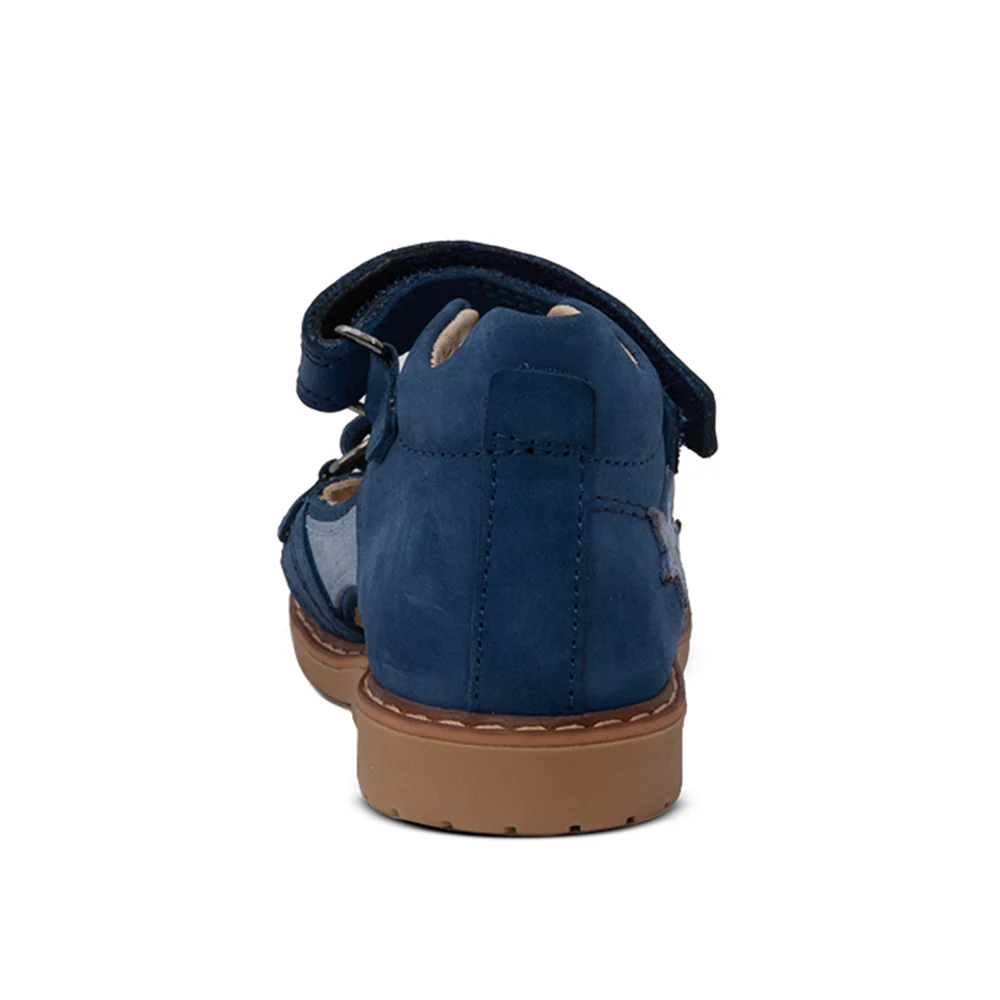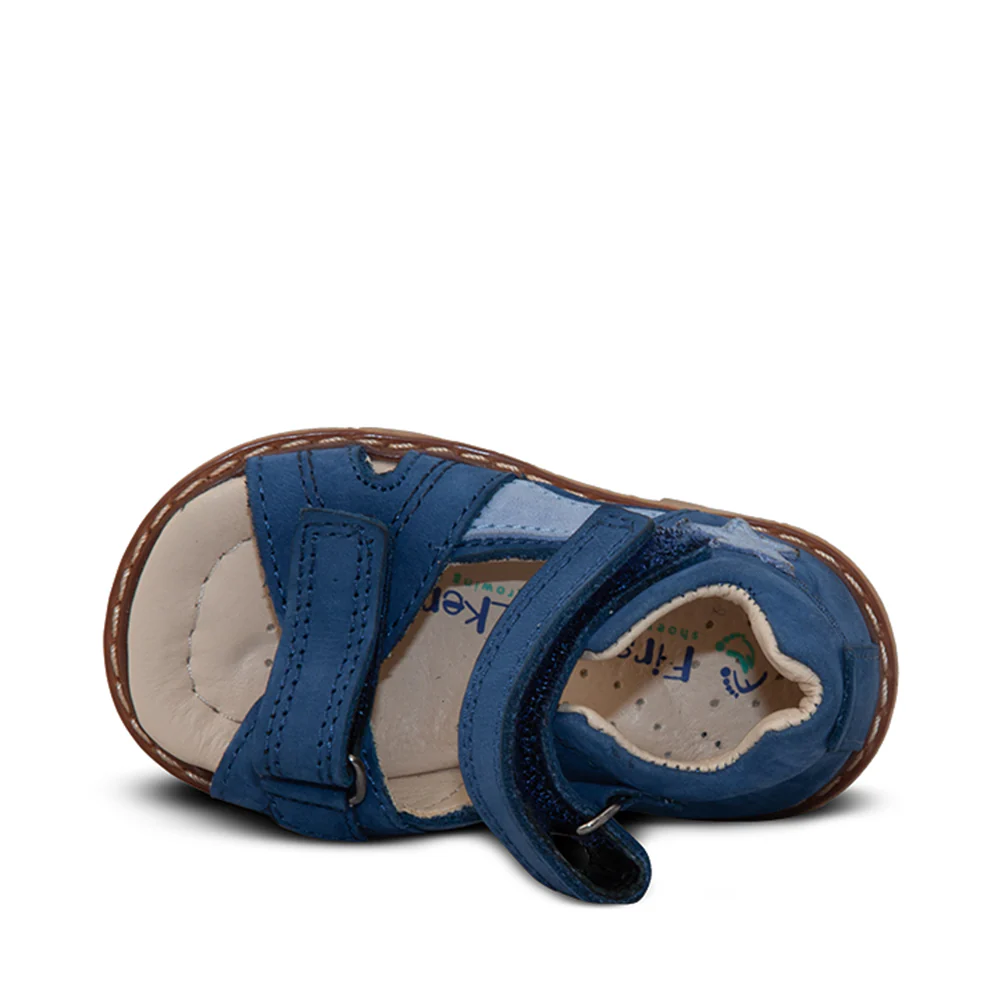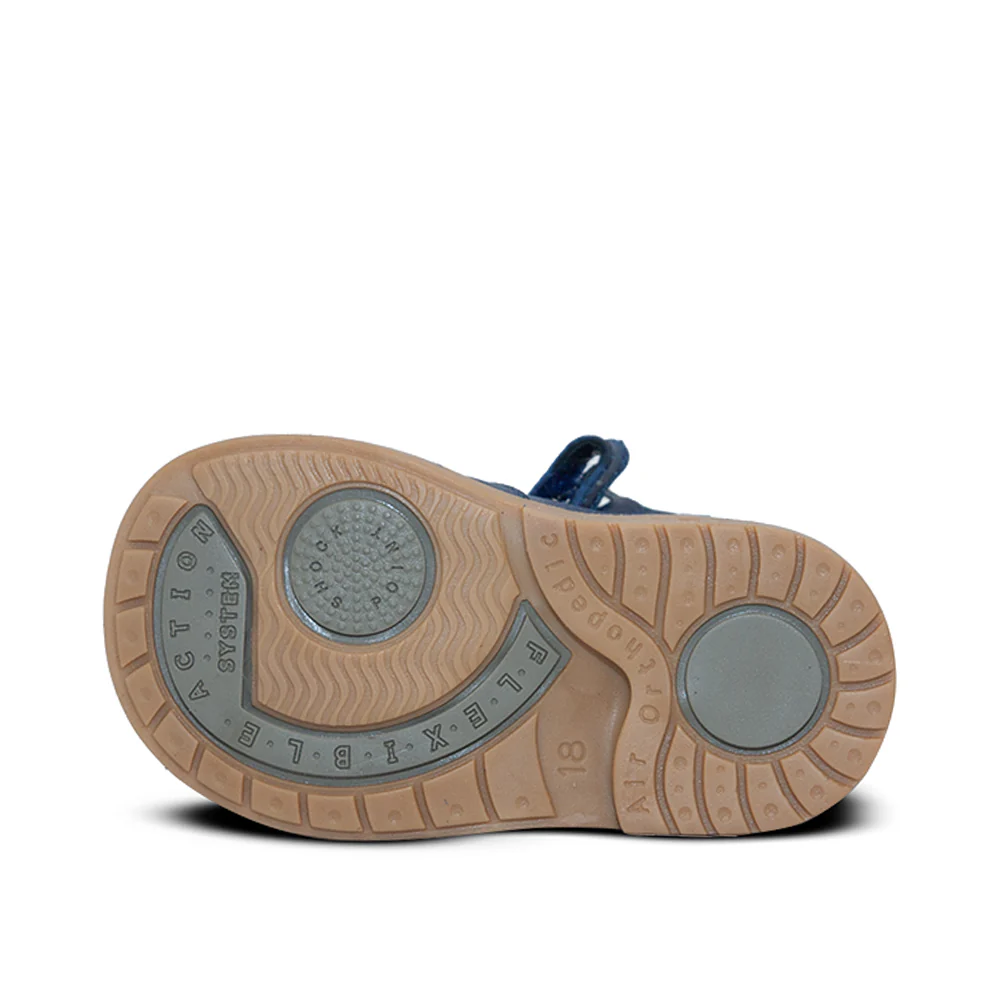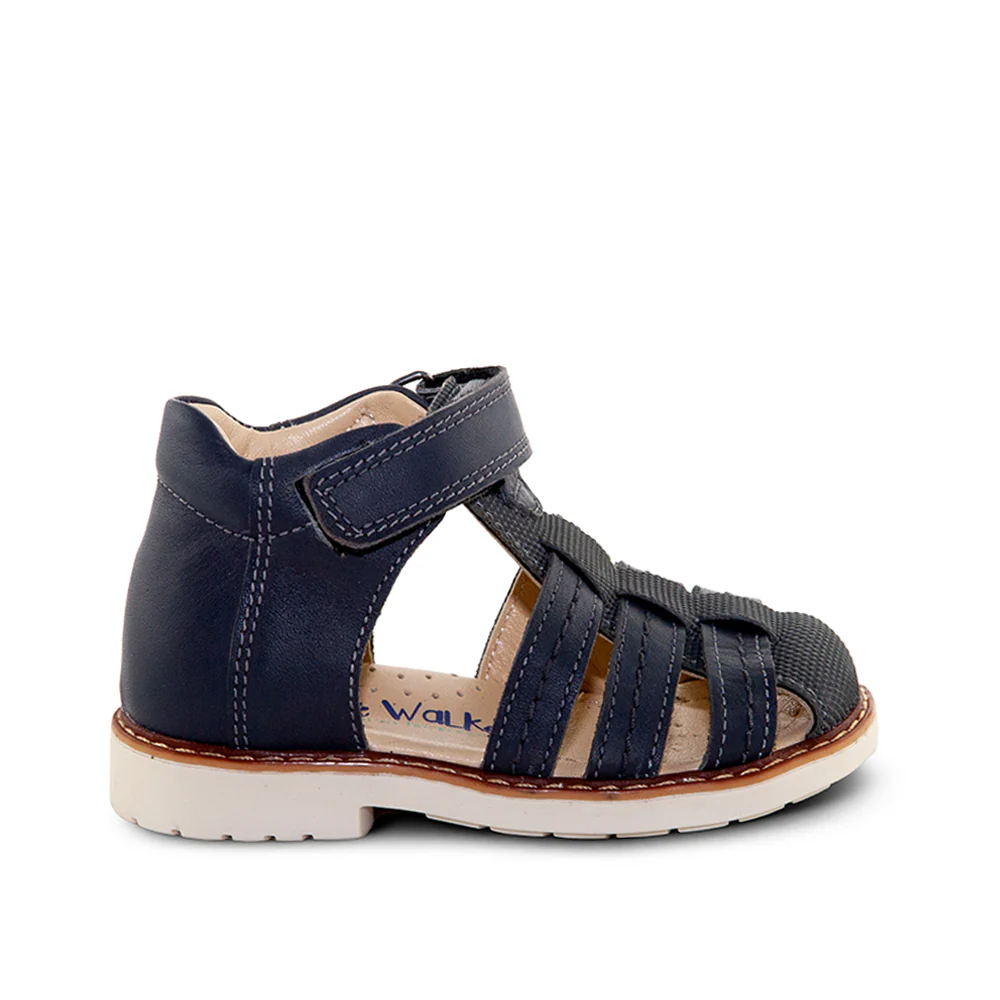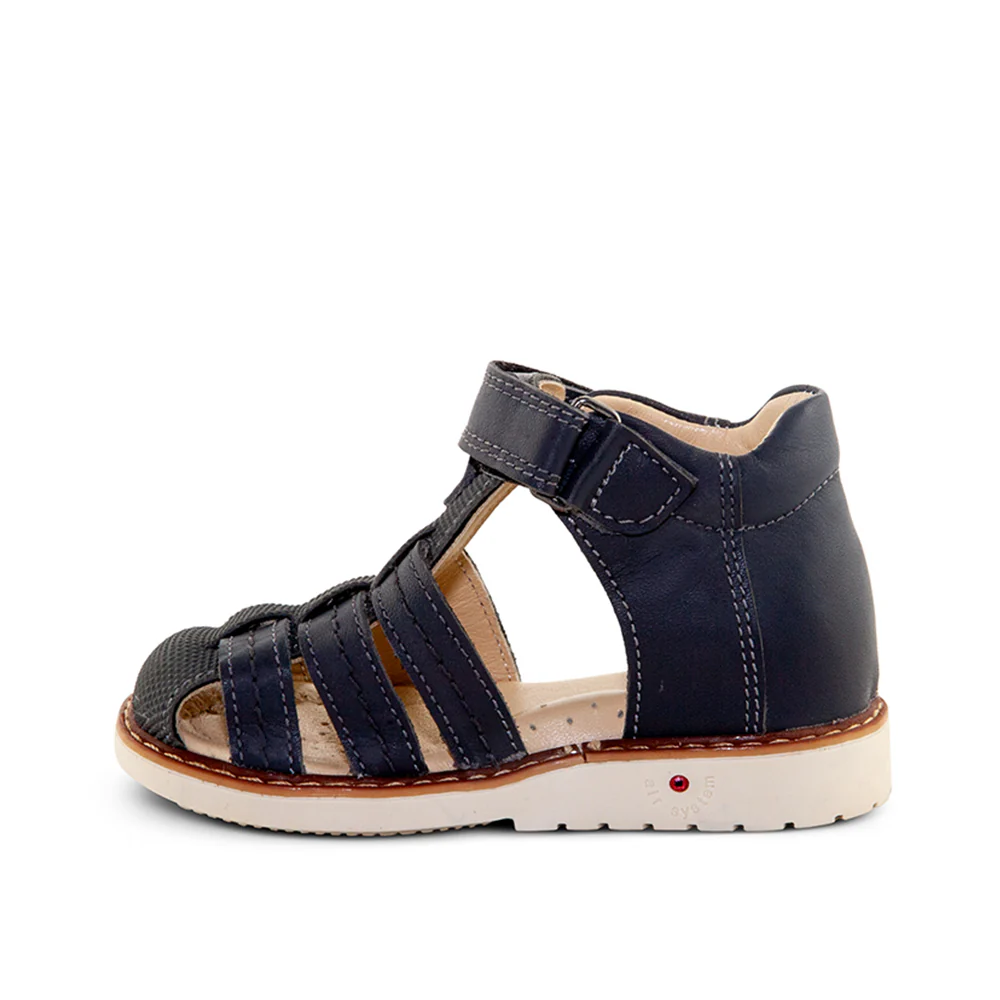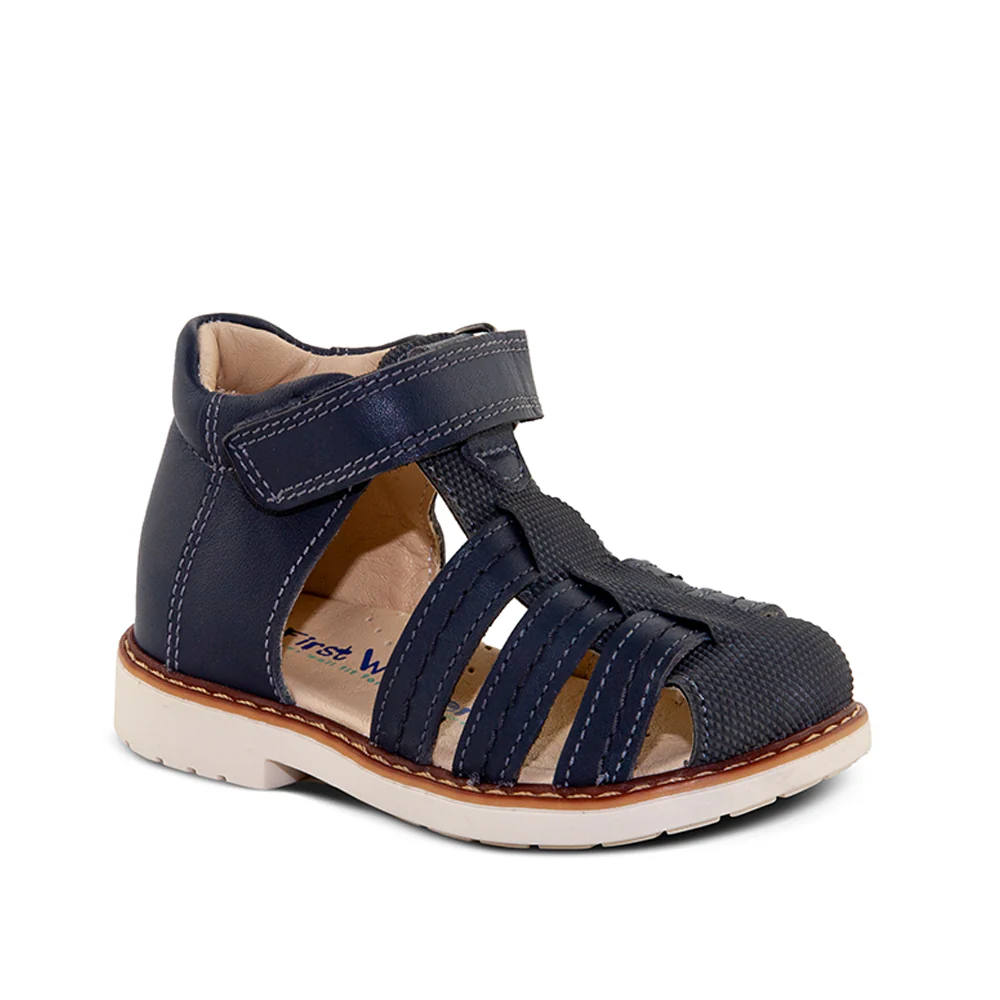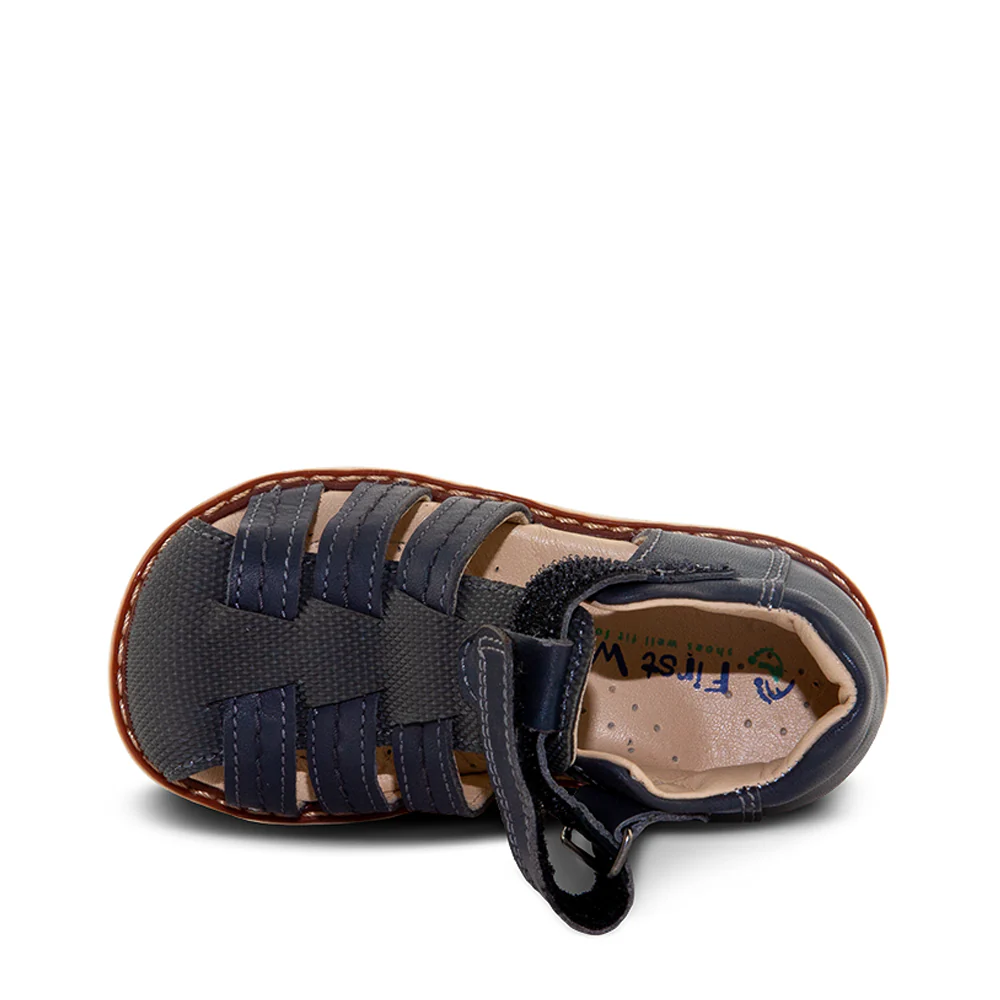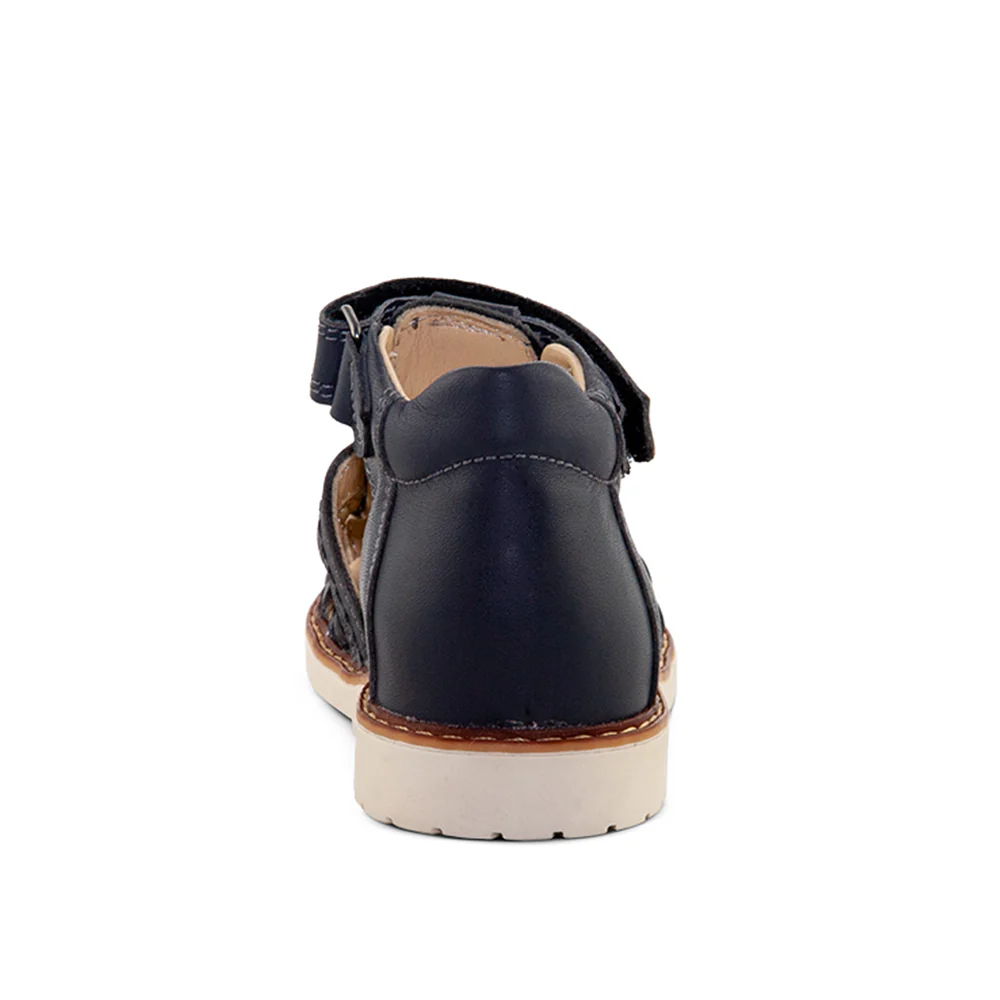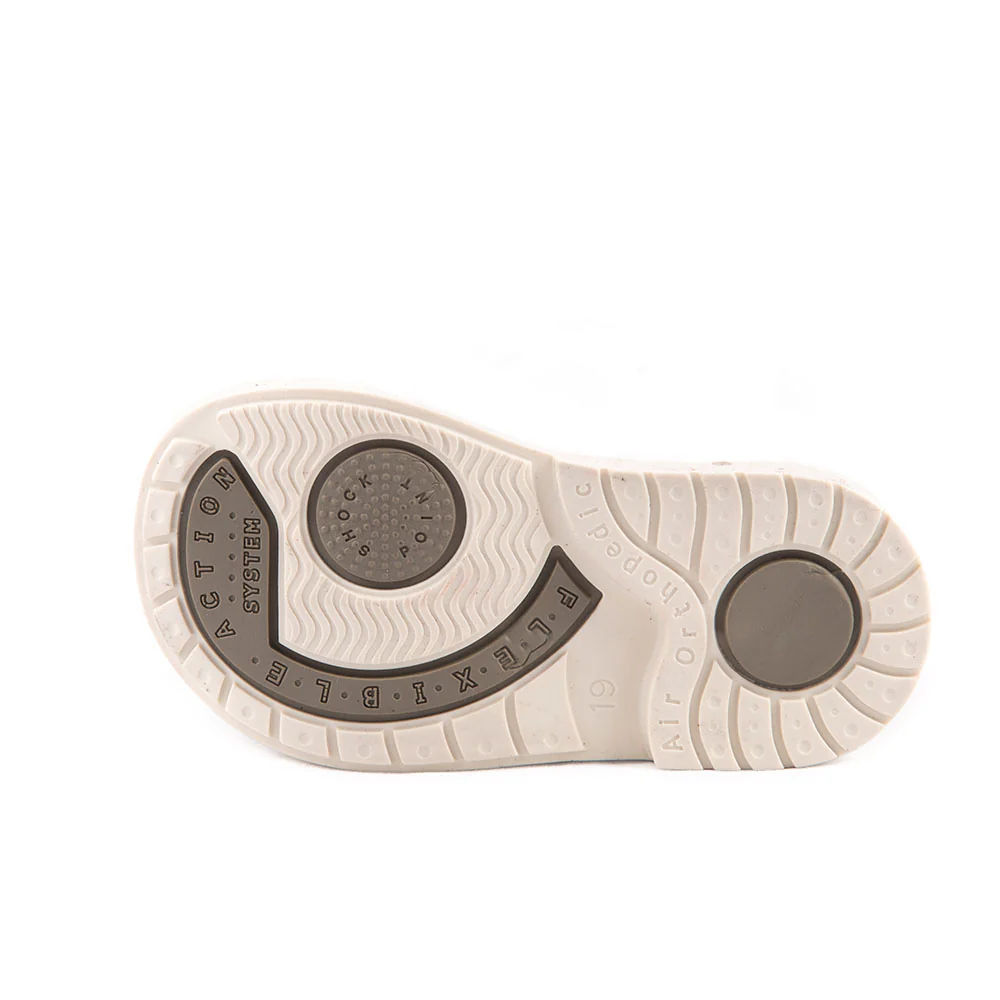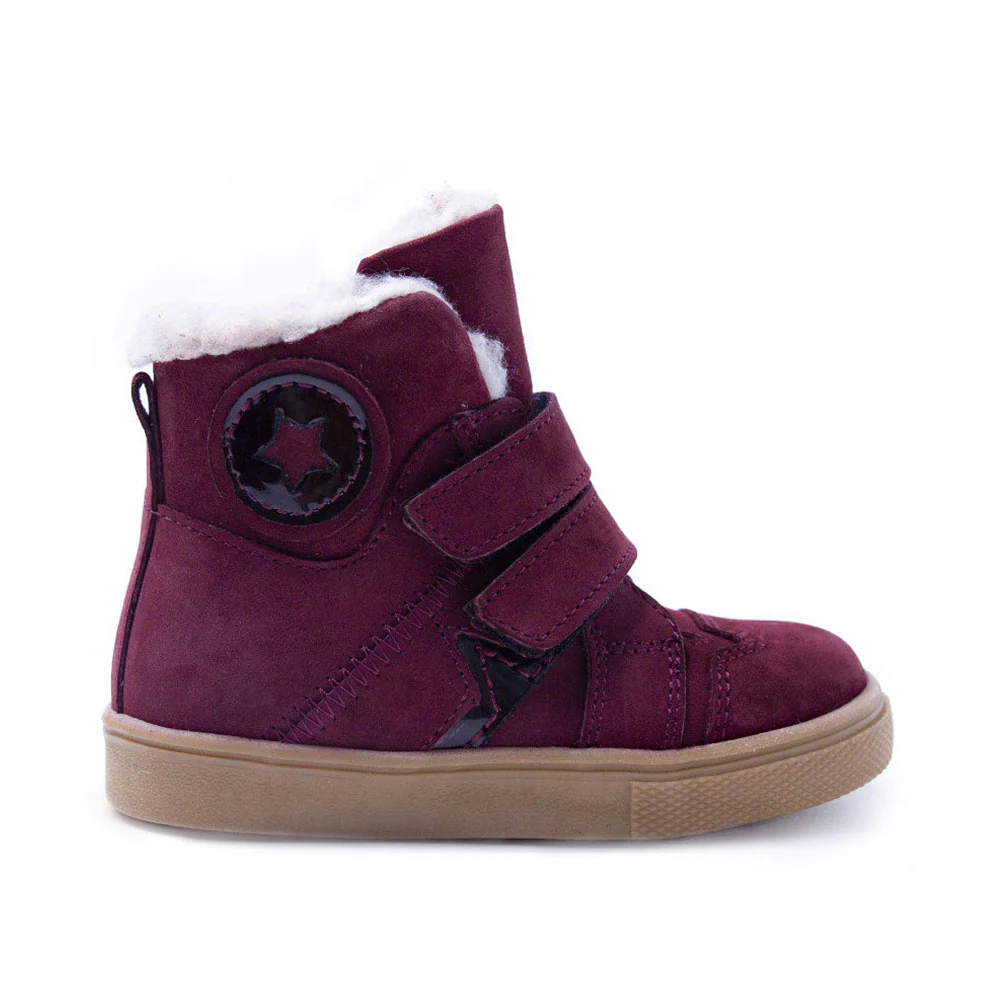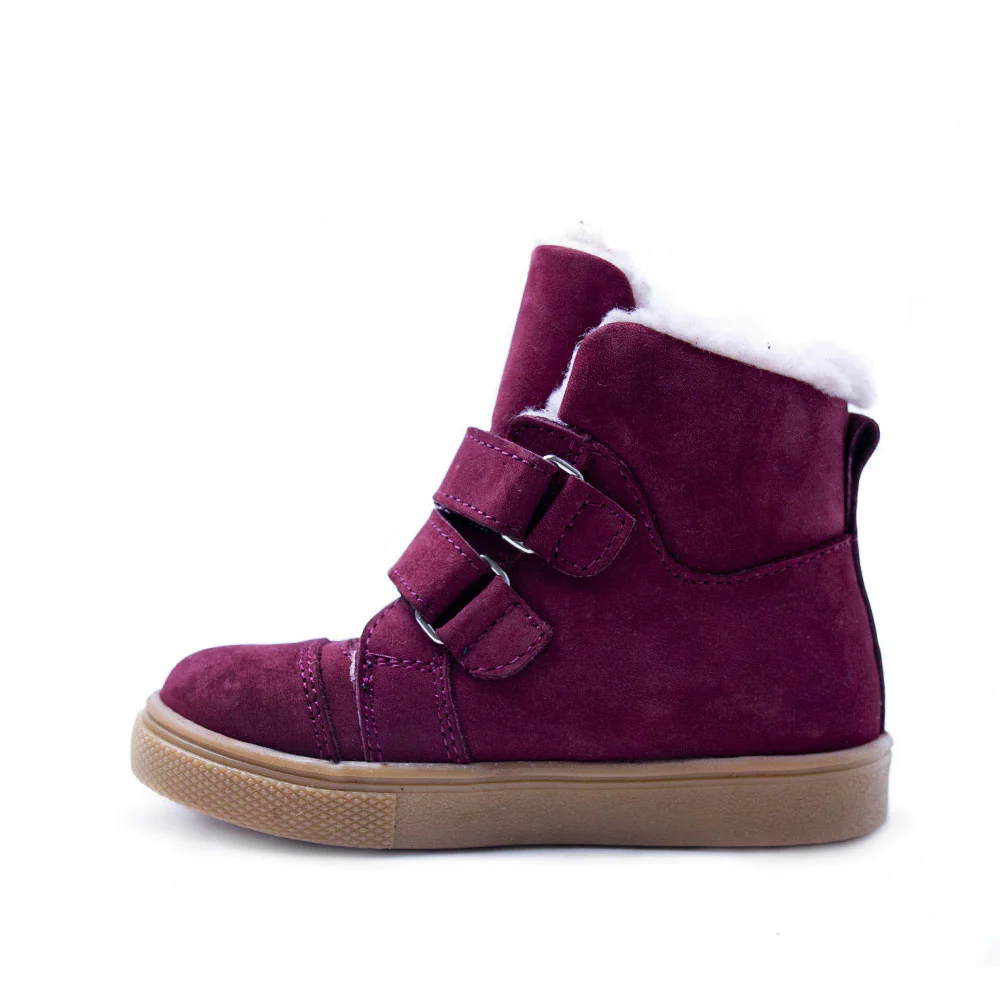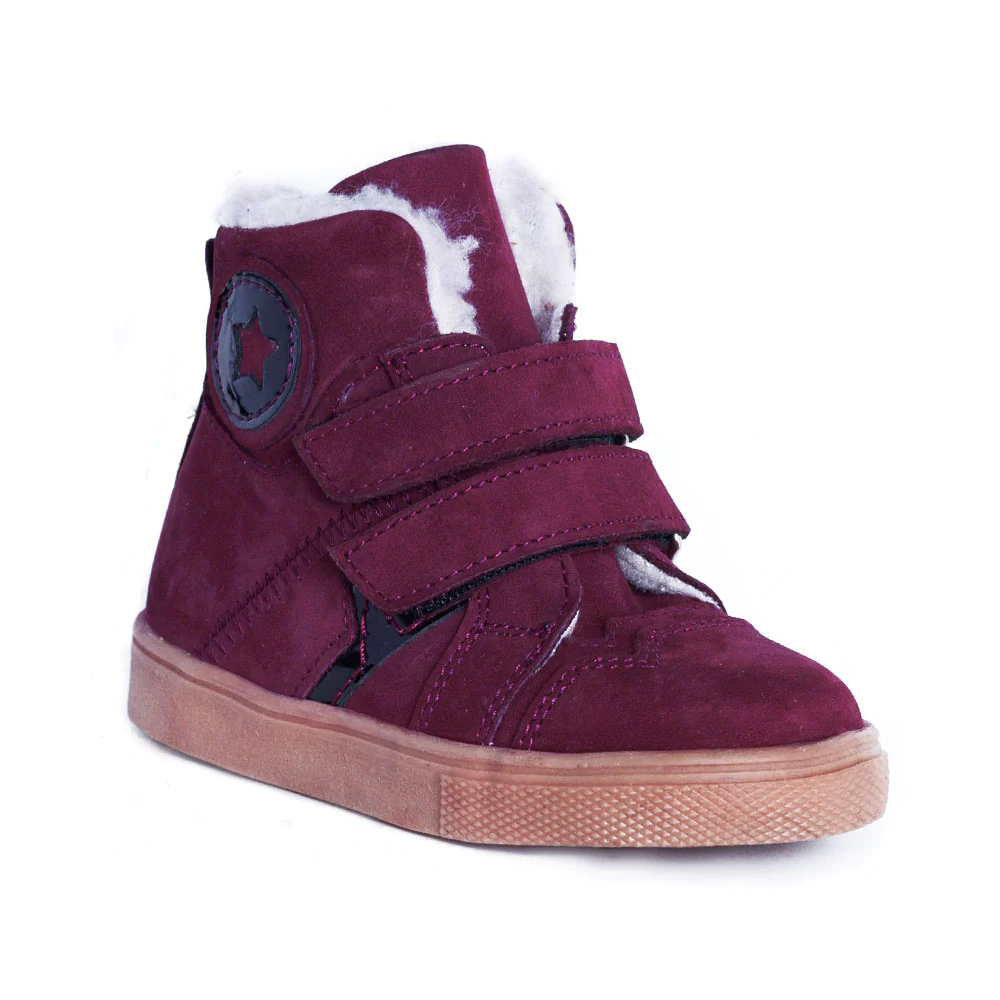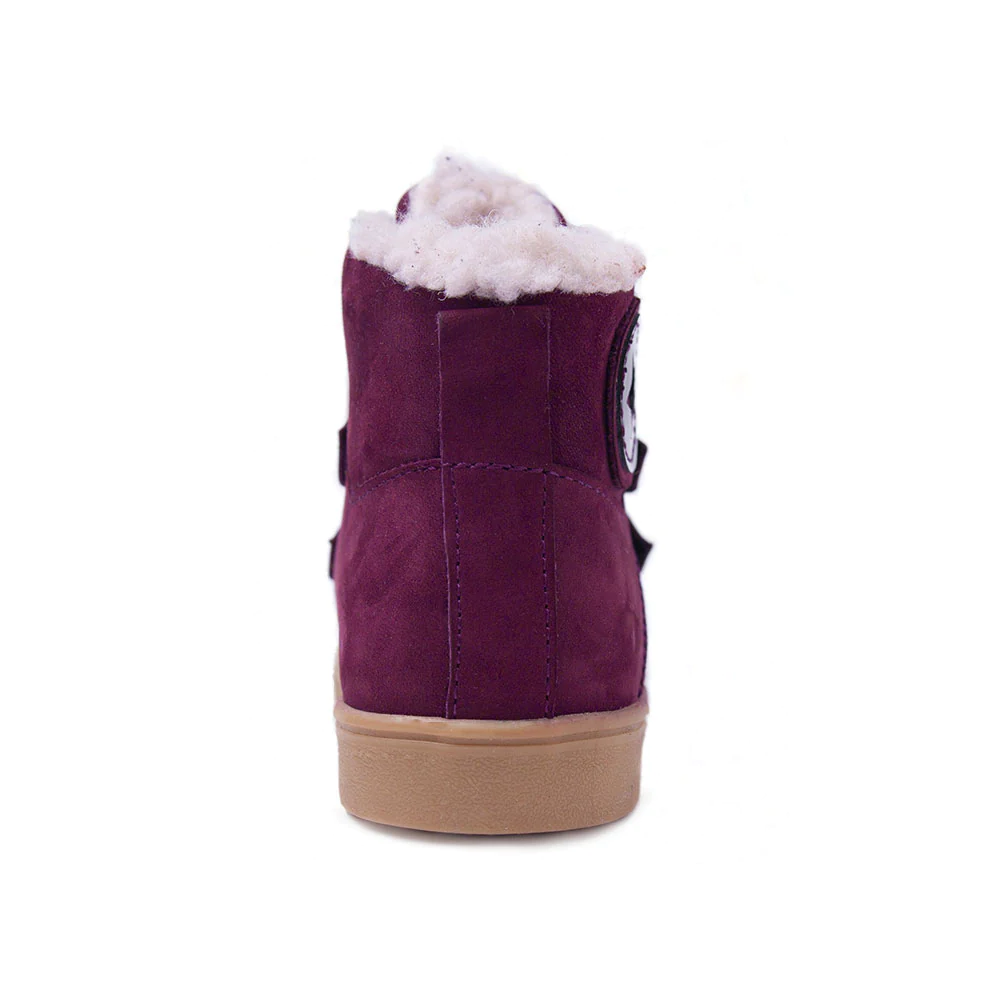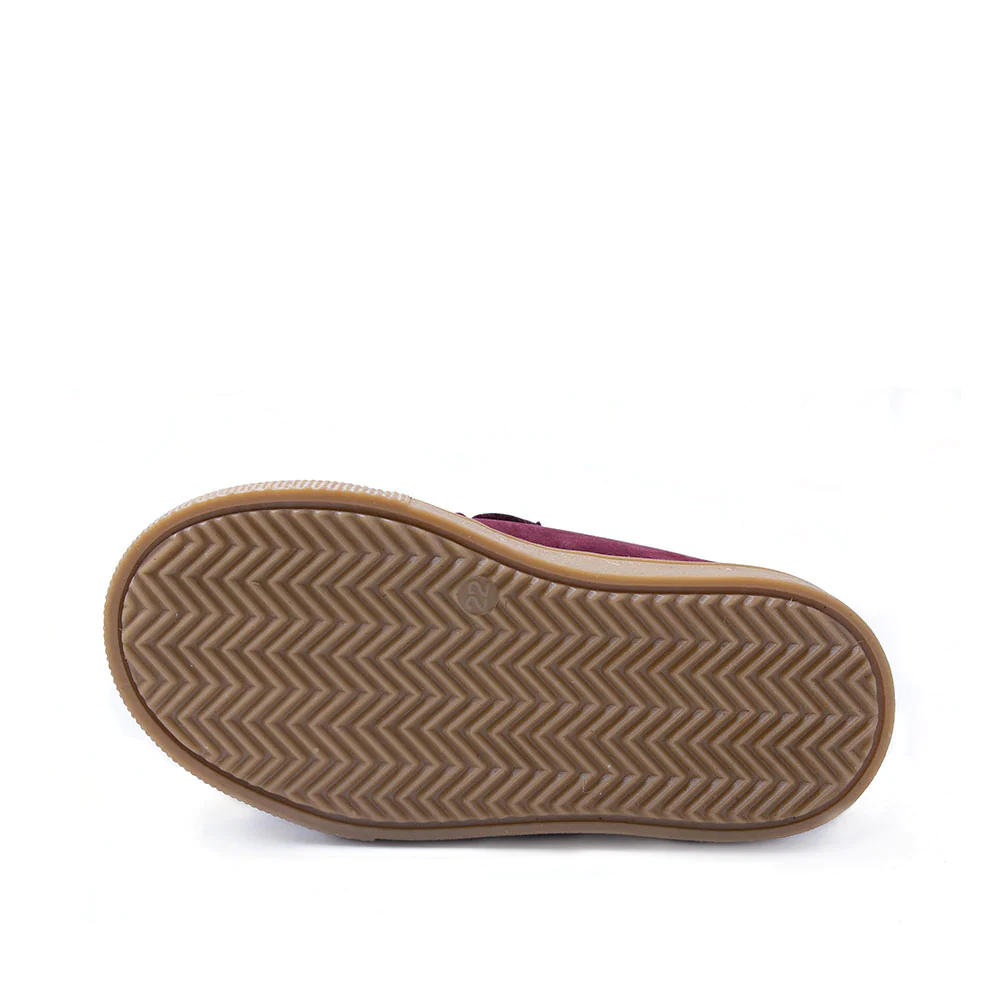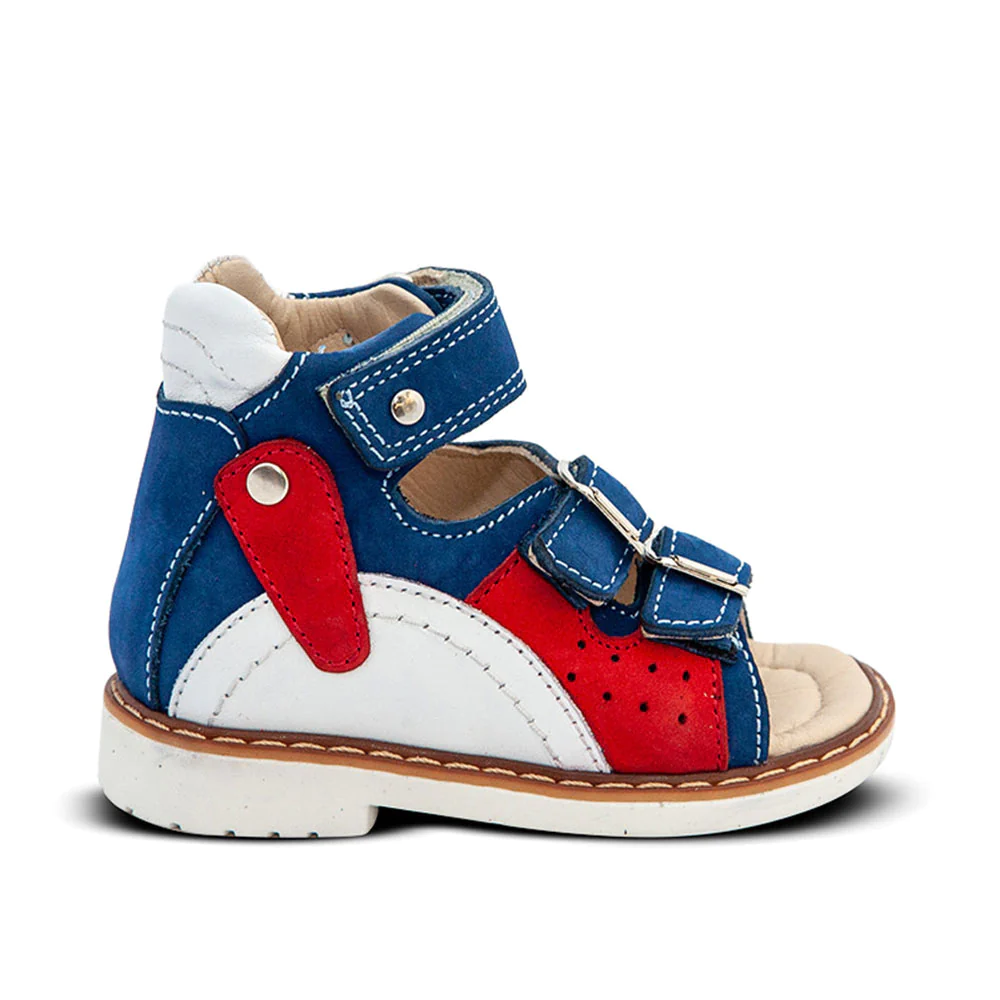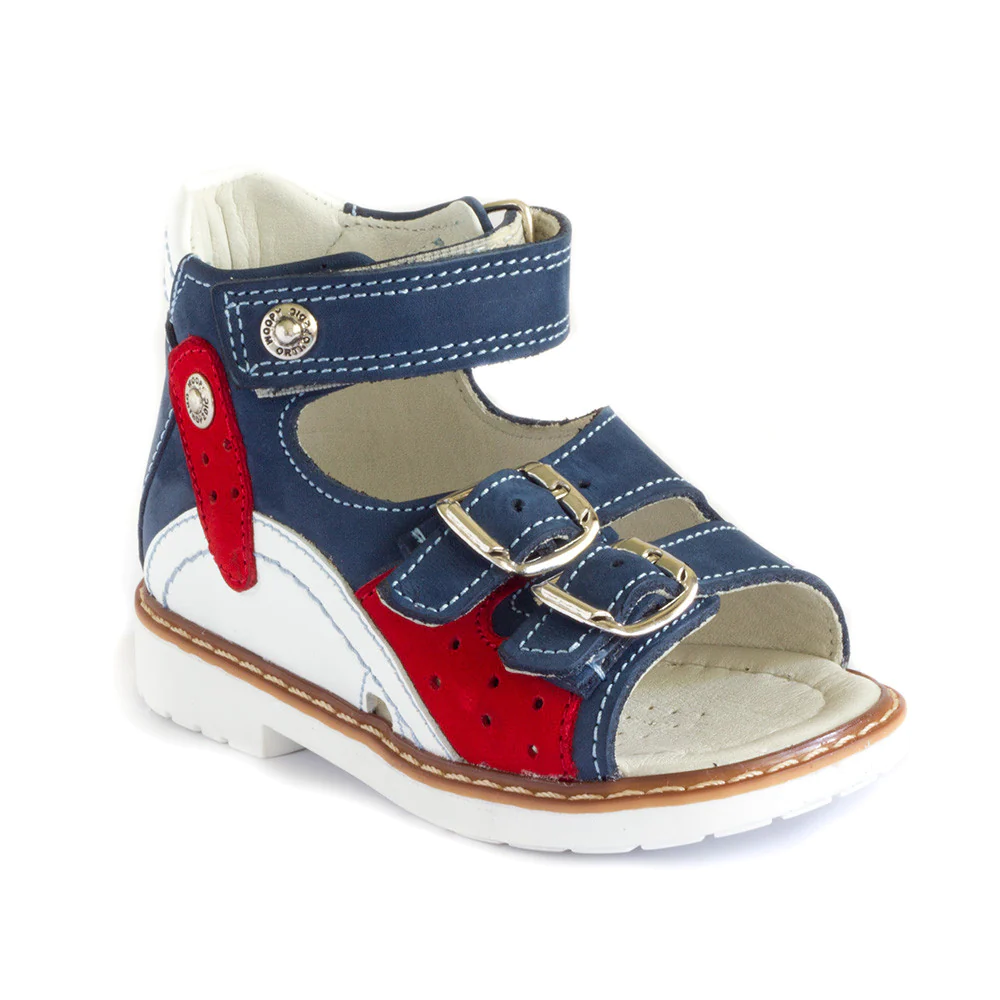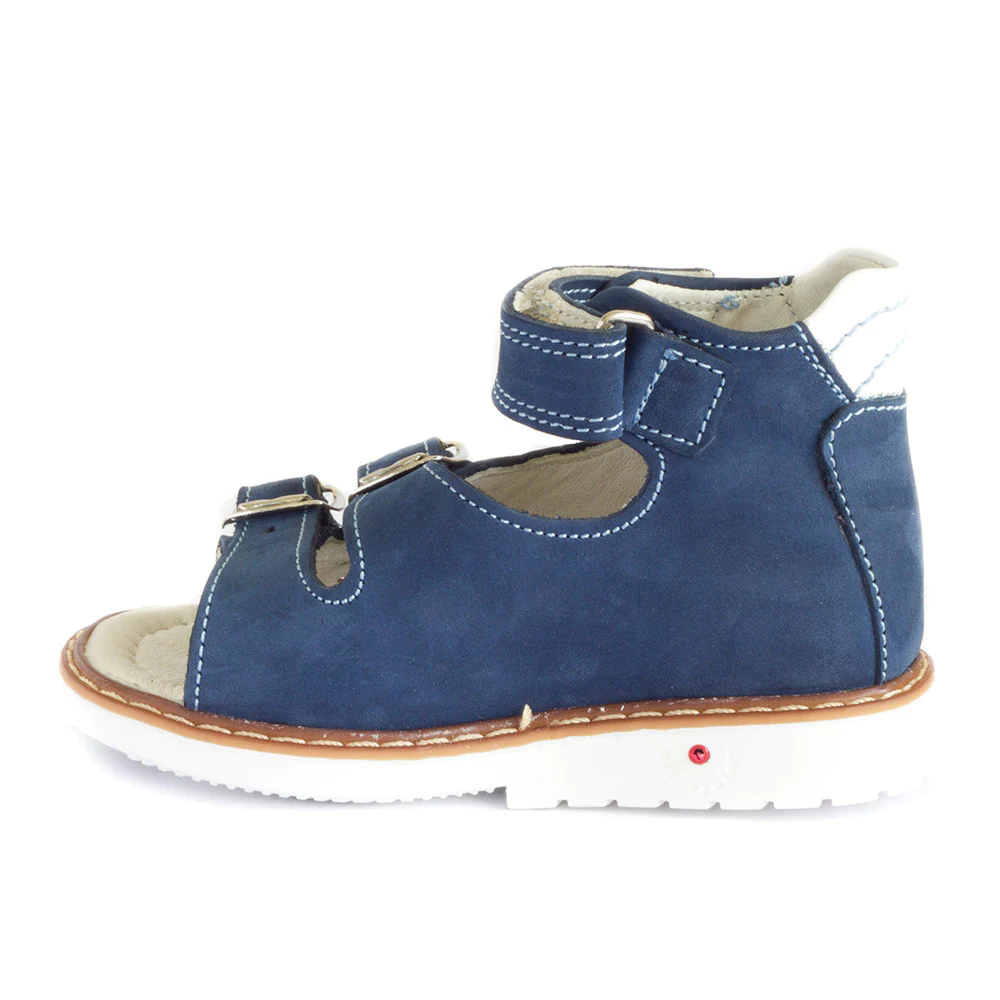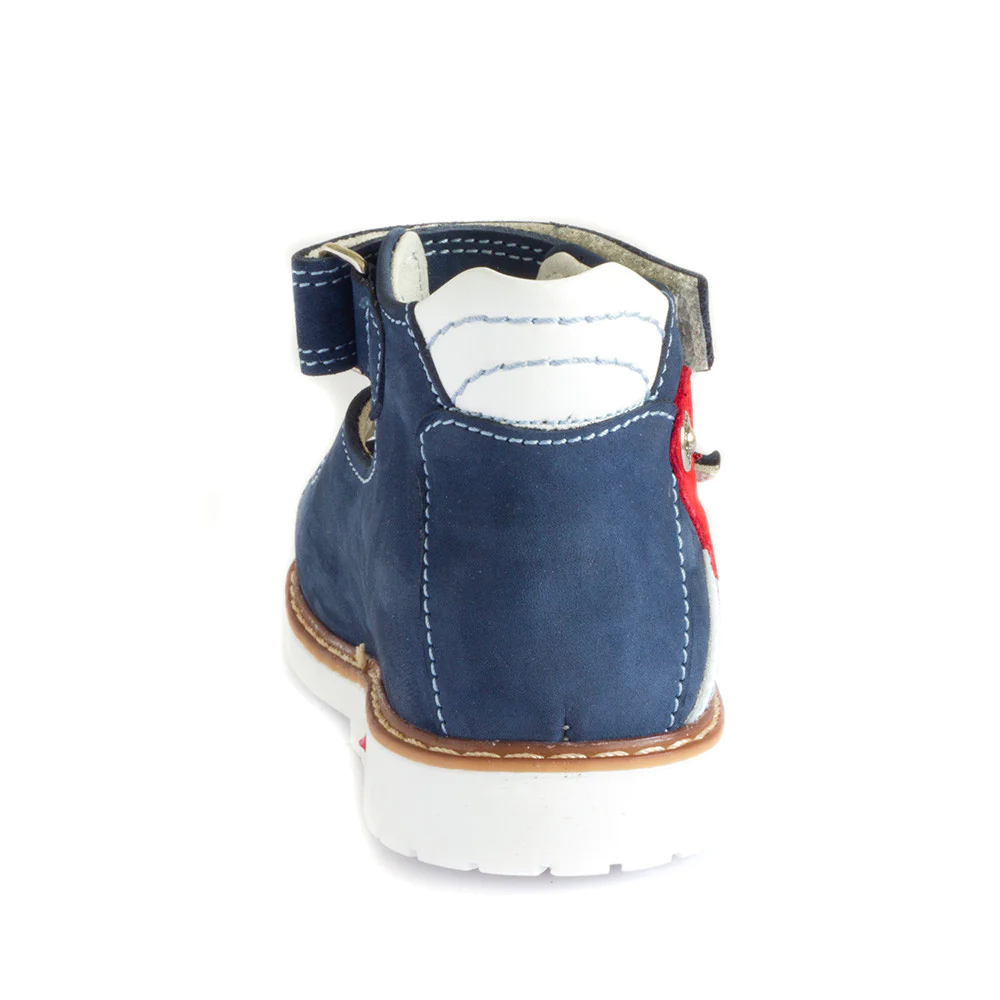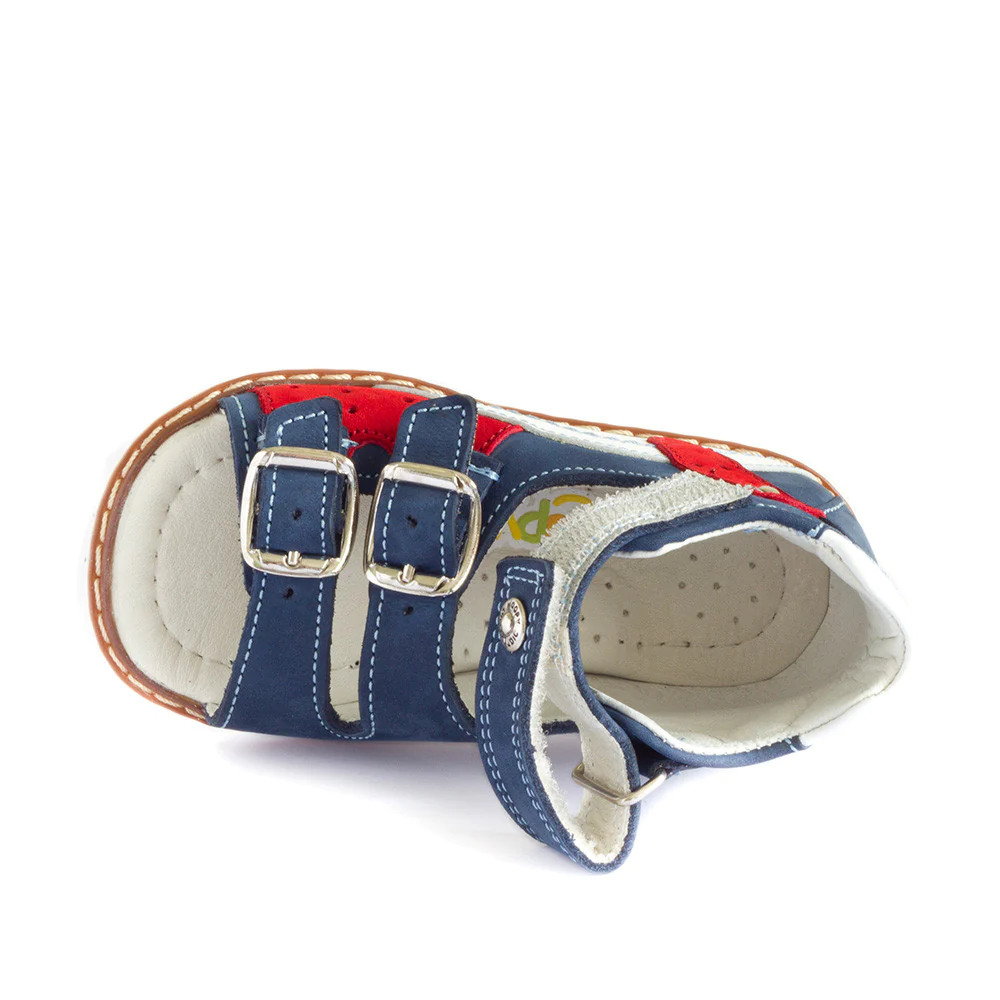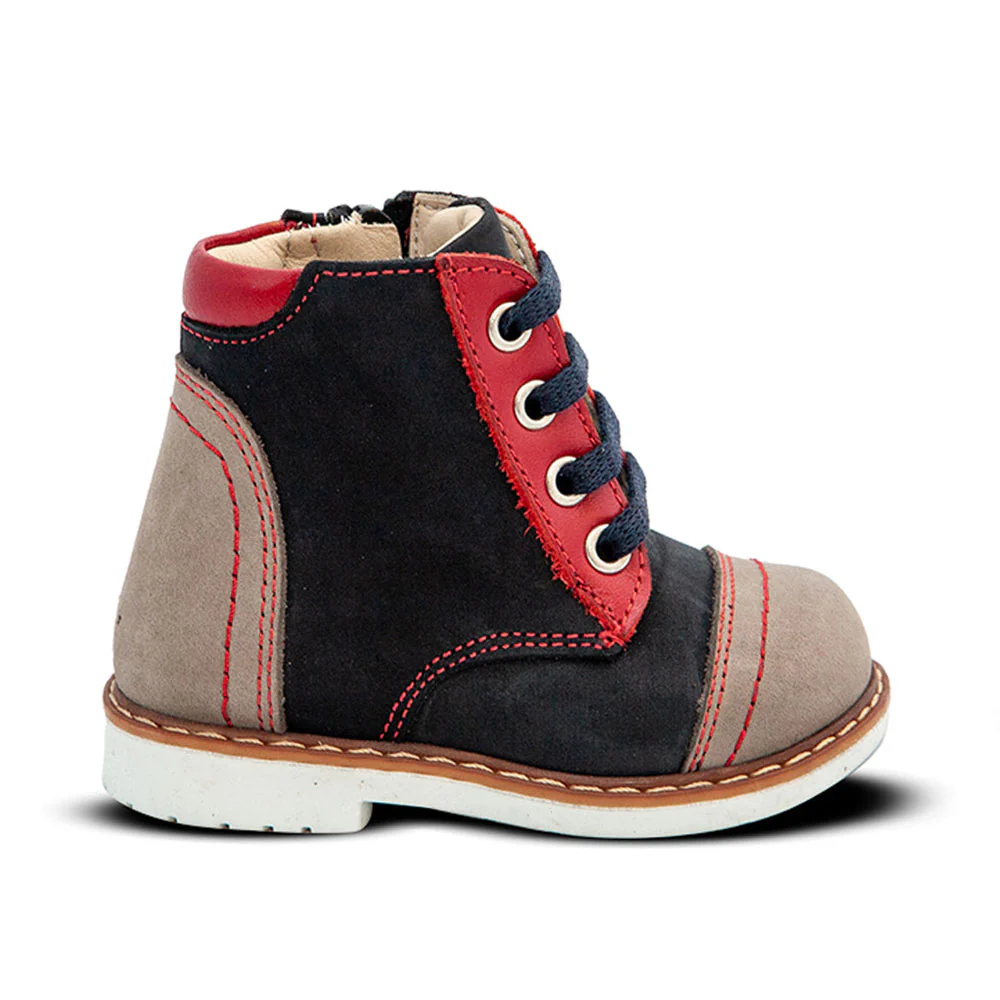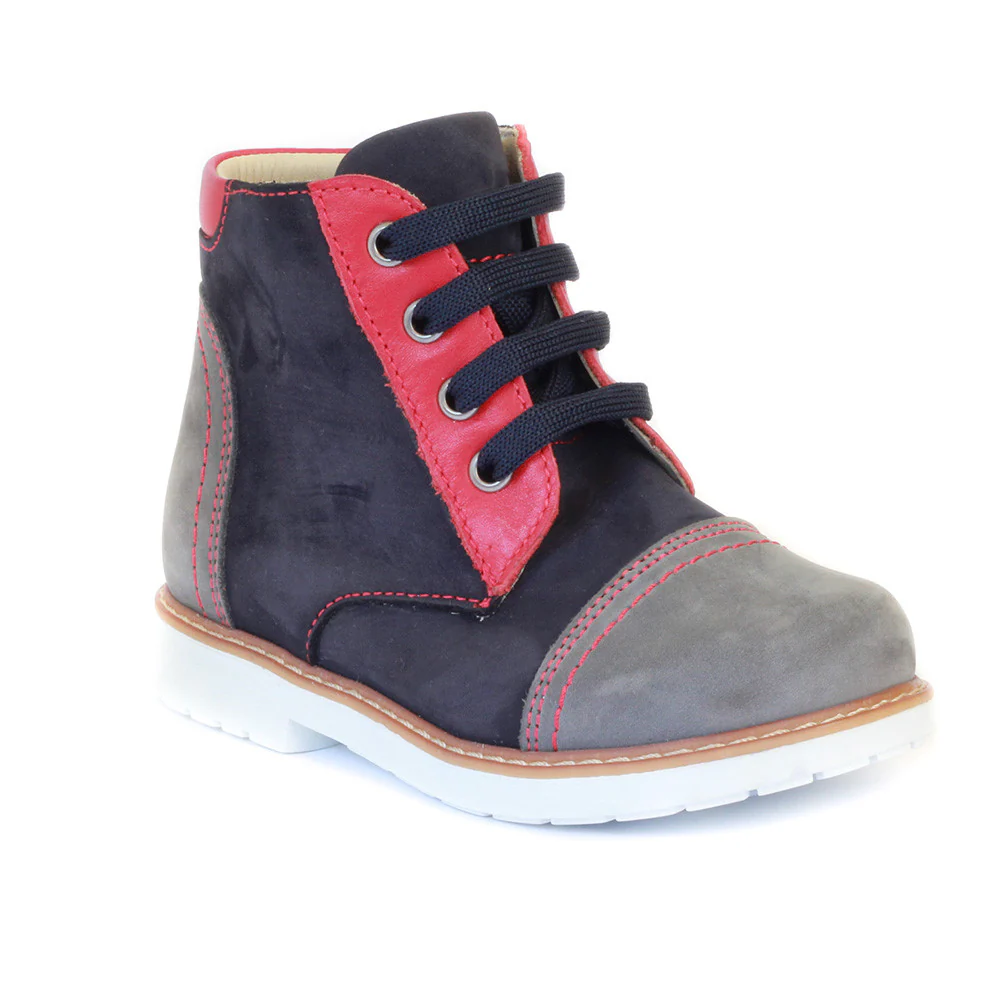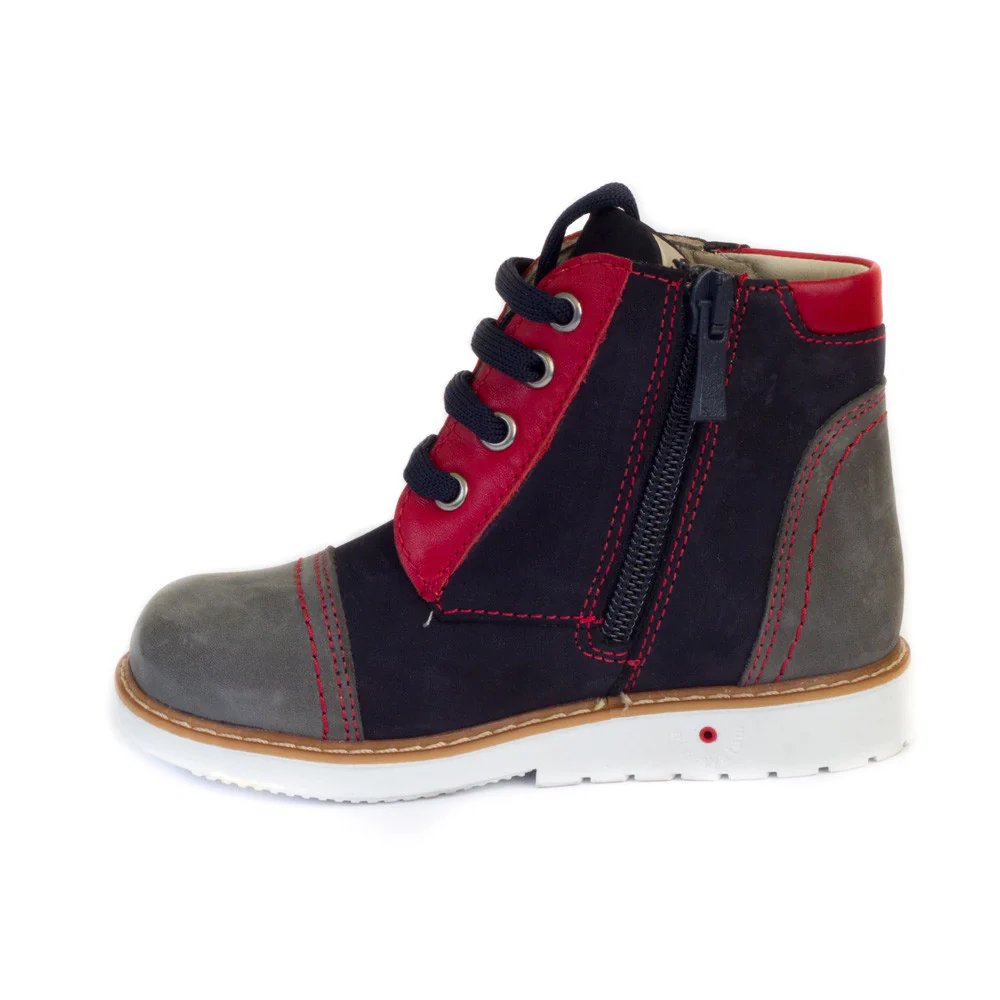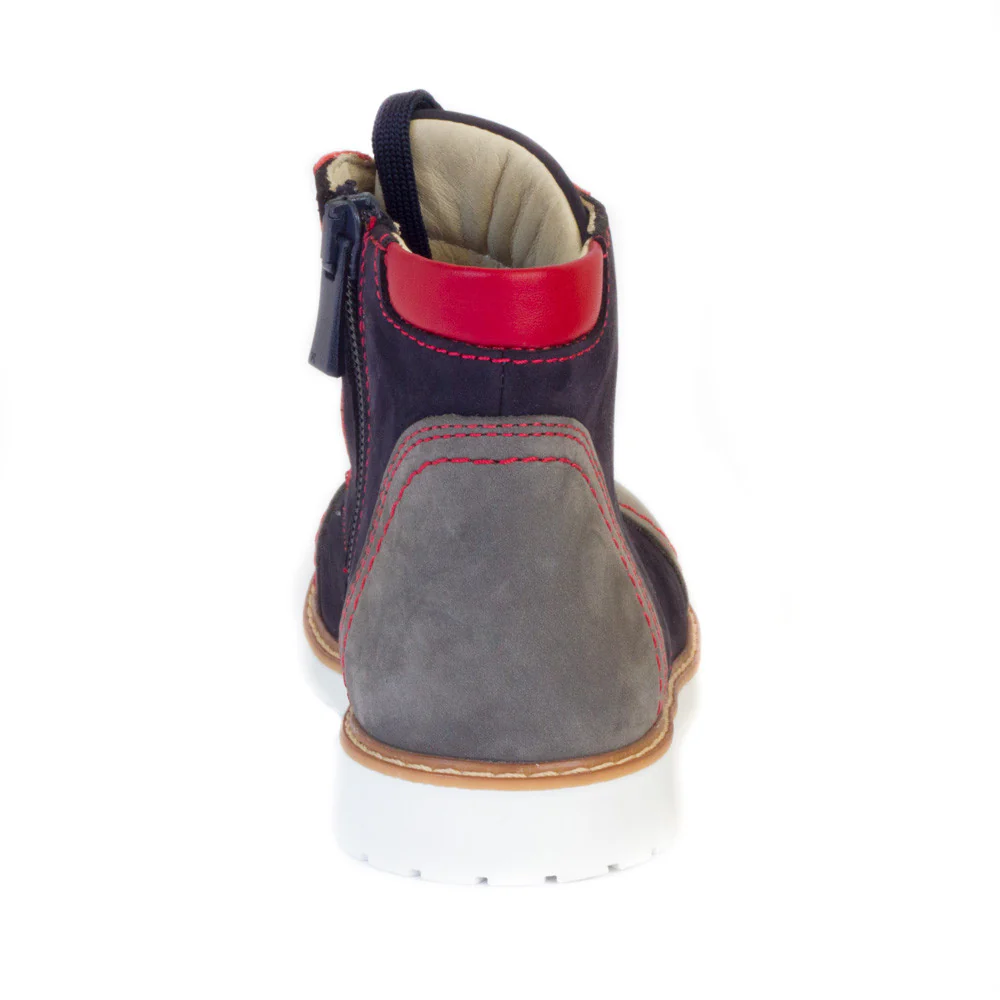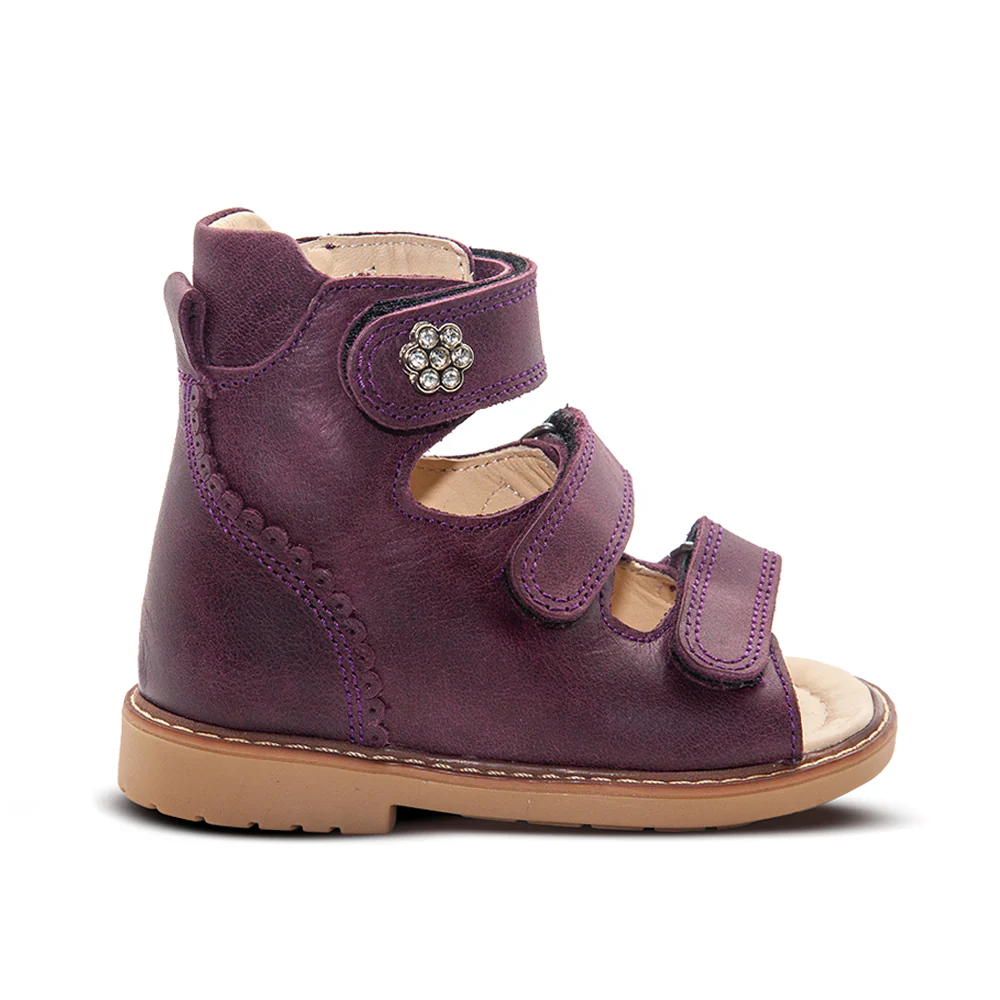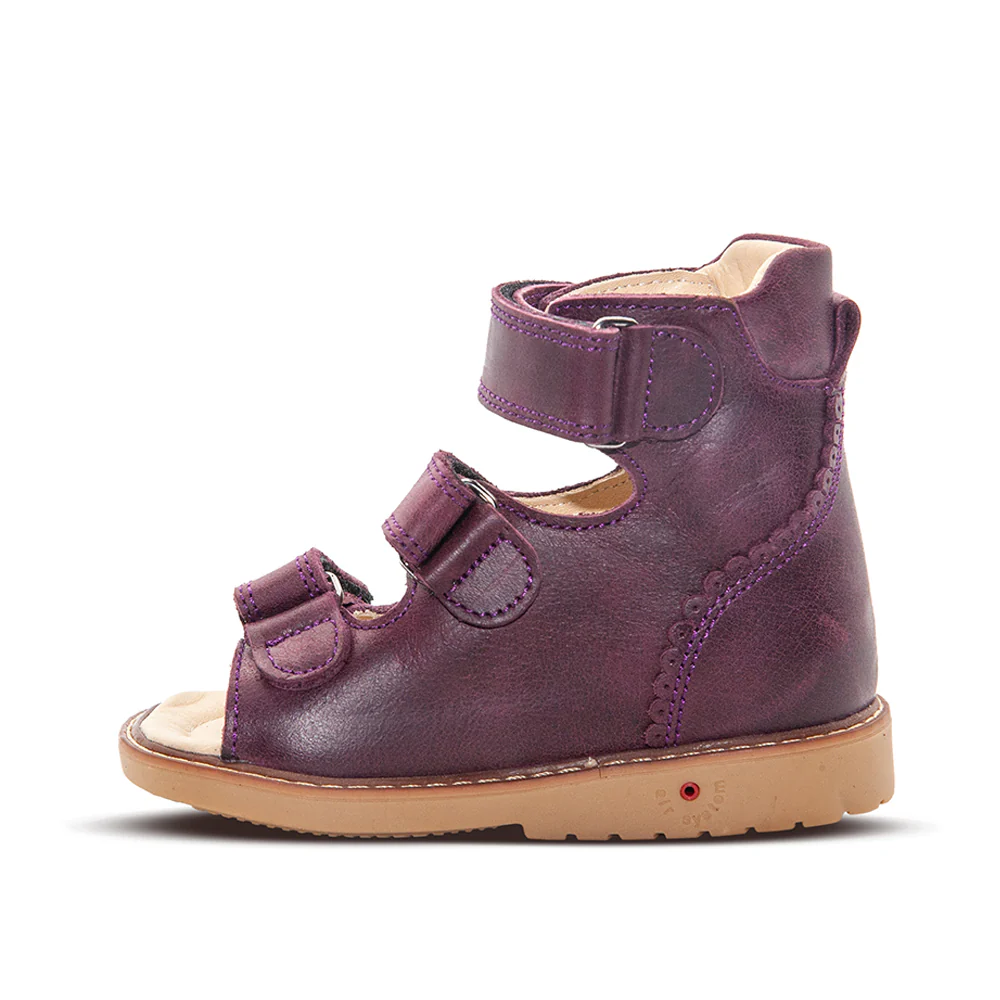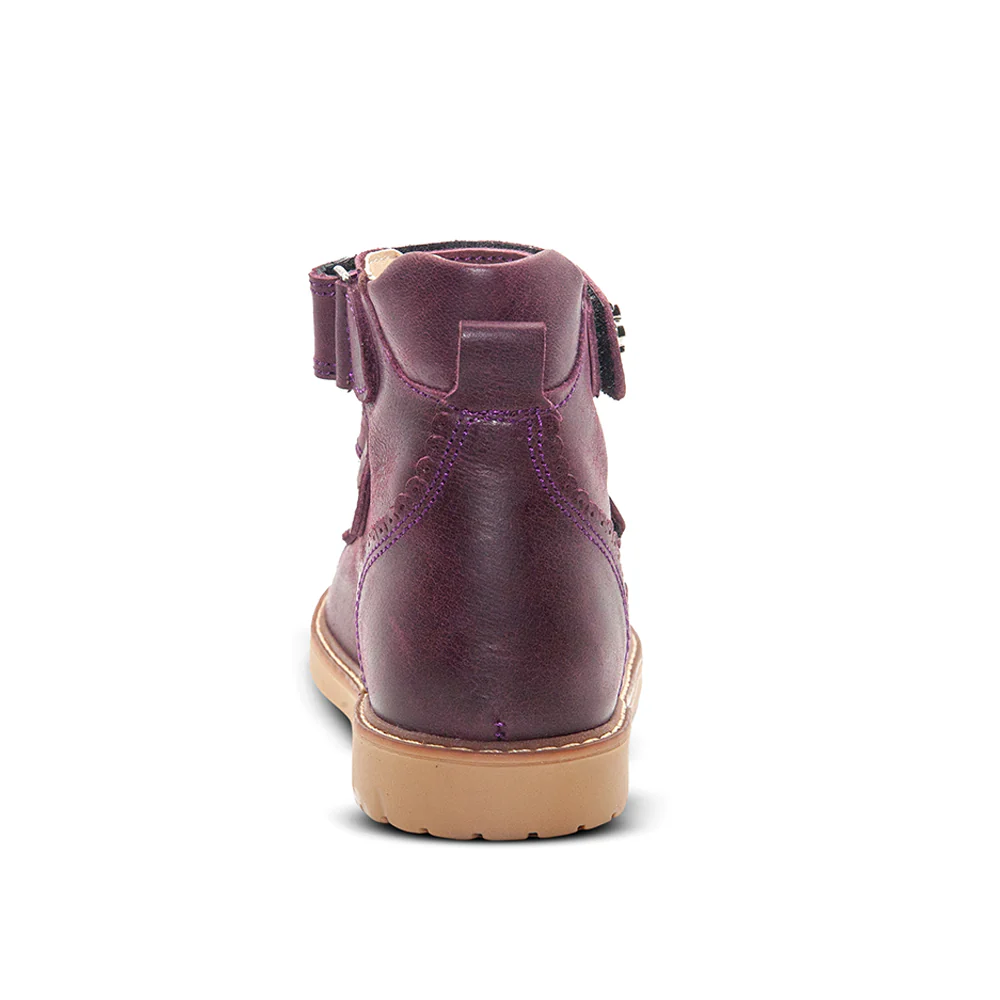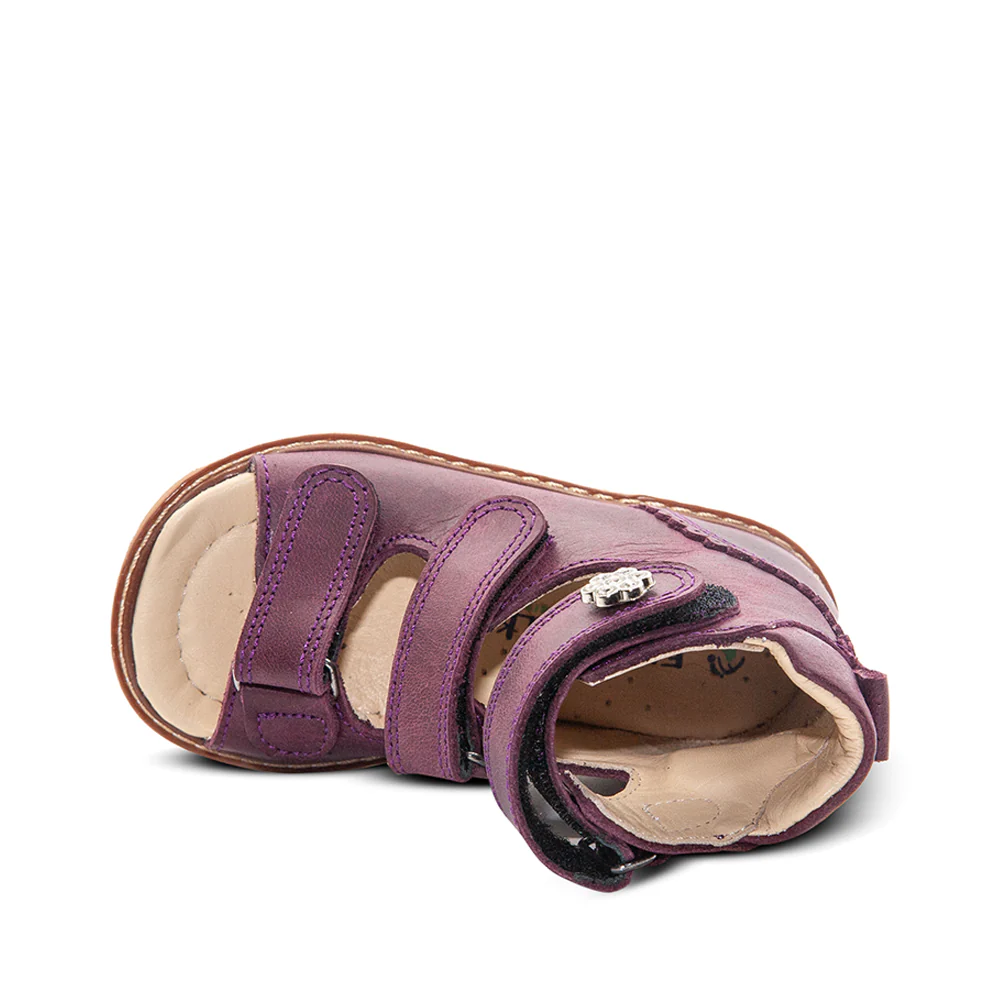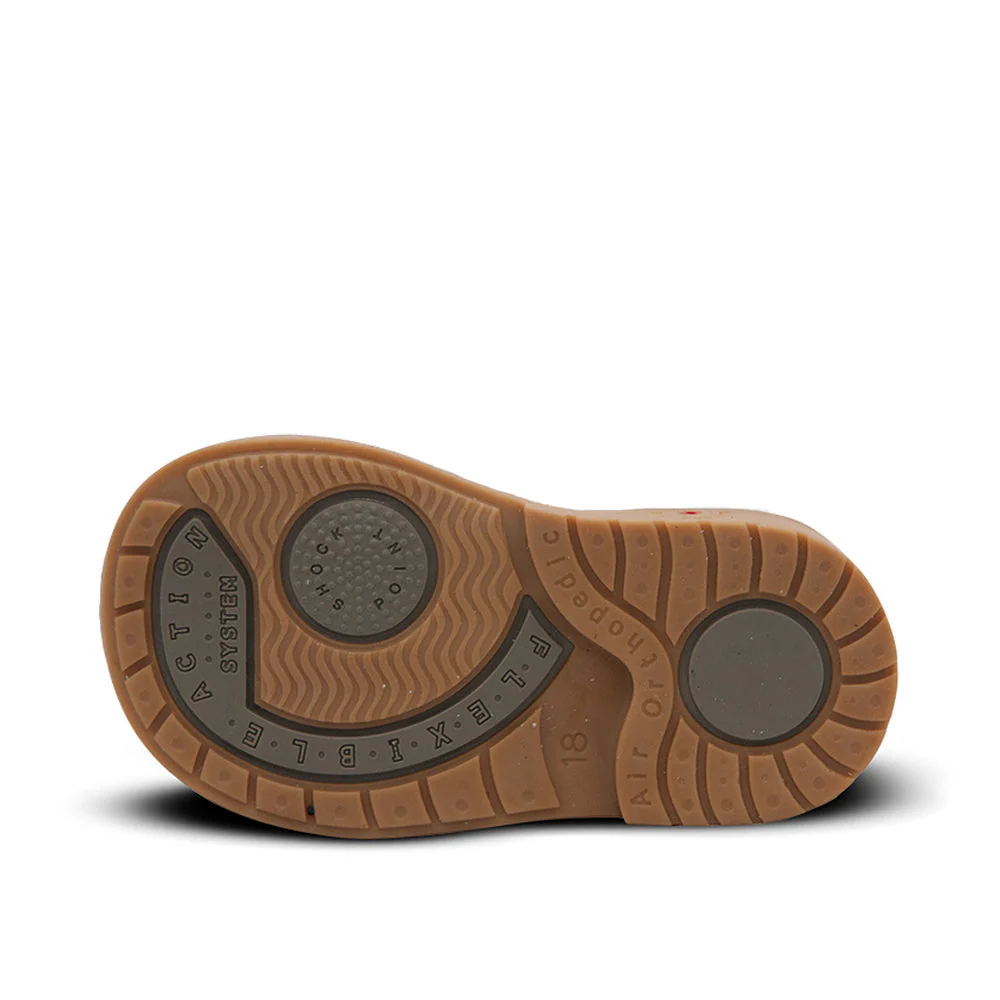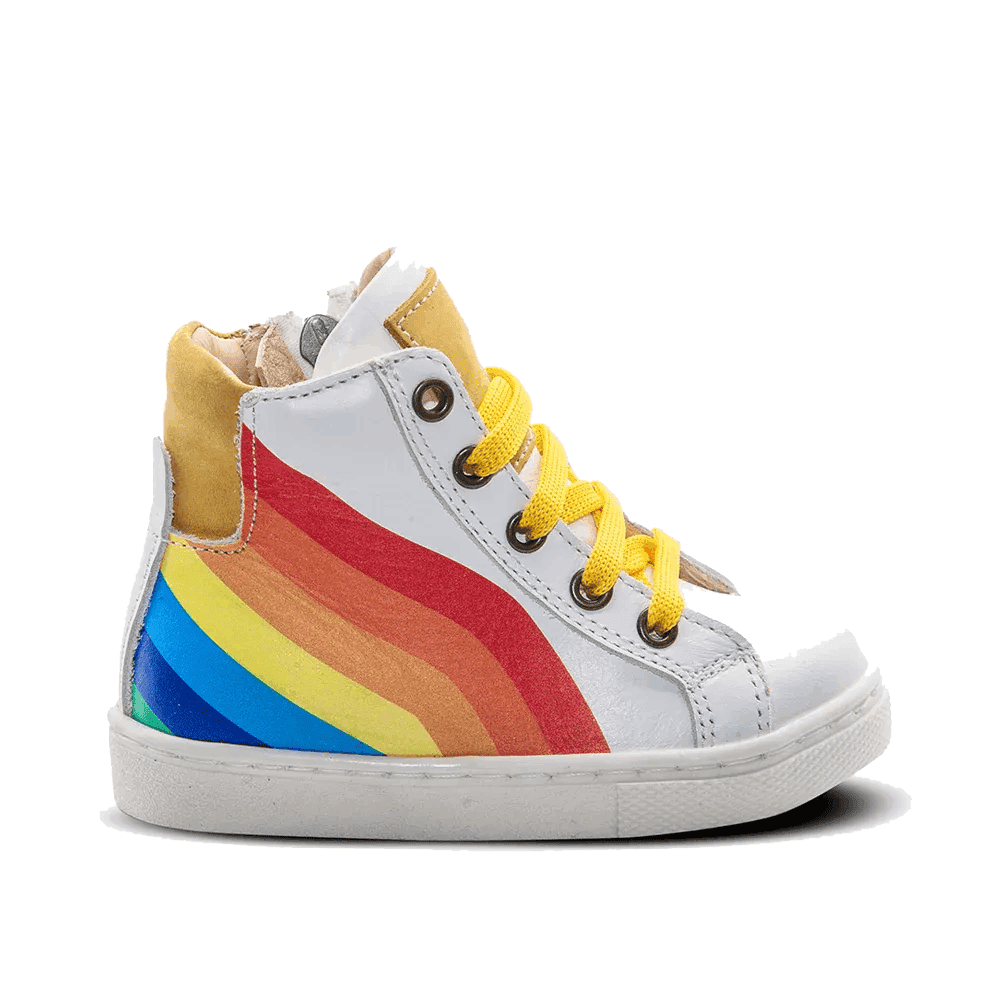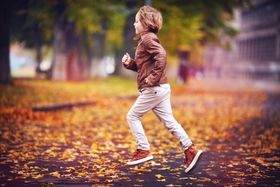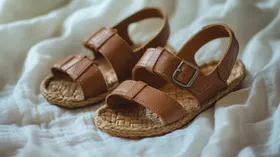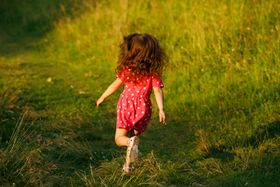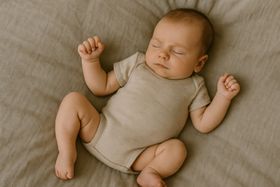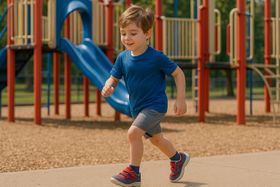10 Best Supportive Kids Shoes to Correct Pronation
Most children show some natural pronation as they develop, but excessive inward rolling can affect posture and gait. The best shoes for pronation feature firm heel counters, built-in arch support, and motion control technology to guide healthy foot development during critical growth years.
Updated October 20, 2025
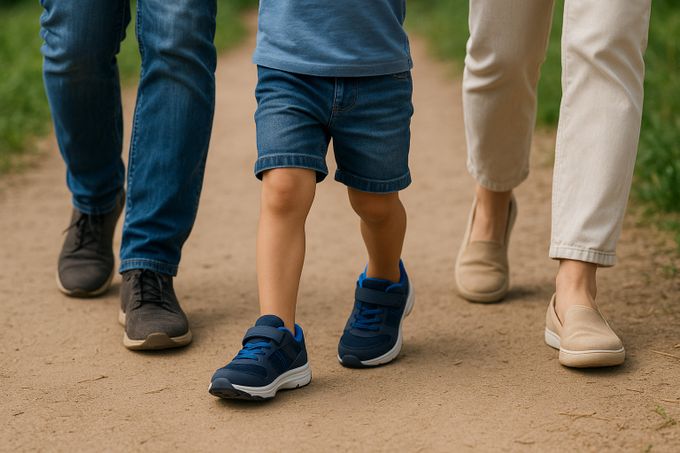
Finding the right shoes for your child's pronation needs can feel overwhelming. Whether you're dealing with flat feet, inward-rolling ankles, or concerns about your toddler's walking pattern, choosing supportive footwear is crucial for healthy development.
The reassuring part is that with the right toddler shoes for pronation, you can help guide your child's foot development while keeping them comfortable and confident. According to foot health experts, the best kids' shoes for overpronation are an investment in long-term foot health.
Most pronation issues improve naturally as children grow, and proper footwear supports this process rather than forcing it.
» Find stylish and supportive shoes in our Junior Shoes Collection
Understanding Pronation in Children
Pronation refers to the natural inward roll of the foot whilst walking or running, which helps absorb shock.
In children, especially toddlers, some pronation is completely normal due to soft ligaments, developing arches, and growing bones. Most kids outgrow this as their muscles strengthen and arches form, usually by age 6 or 7.
However, when pronation persists or becomes excessive, it may indicate a biomechanical issue that requires support. This is particularly important during critical stages of foot development when alignment influences long-term posture and gait patterns.
Types of Pronation in Children
- Natural Pronation is the ideal foot motion, where the foot rolls inward slightly, about 15%, to evenly distribute body weight [1]. In toddlers, this often appears as a stable, flat-footed walk with arches forming gradually. As your child grows, this type promotes healthy joint alignment and muscle development.
- Overpronation occurs when the foot rolls inward excessively, causing weight to shift toward the inner edge of the foot. In toddlers, you might notice this as flat feet, inward-turning ankles, or clumsy walking. Over time, this may lead to poor posture, knee or hip strain, and foot fatigue. This is why finding the best shoes for kids with overpronation is so important.
- Underpronation (Supination) is when the foot rolls outward too much, placing pressure on the outer edge. Whilst less common in toddlers, it may present as high arches, stiff ankles, or frequent ankle rolls.
» Discover the best shoes for kids with high arches
Top Picks for Pronation-Correcting Supportive Kids' Shoes
Key Features to Look for in Supportive Children's Shoes
When you're shopping for shoes for excessive pronation, several design features are essential, and podiatrist-recommended features often include:
- Firm Heel Counter: A stiff material at the back of the shoe that stabilises the heel and prevents excessive inward ankle rolling. This support reduces strain on the knees and hips whilst encouraging a straighter, more stable gait.
- Arch Support: Built-in arch support helps lift and stabilise the midfoot, which is crucial for overpronators whose arches tend to collapse inward. This redistributes weight evenly and encourages natural foot motion.
- Wide Base and Outsole: A broader footprint offers greater stability and helps control excessive side-to-side motion, improving shock absorption and ensuring more even weight distribution.
- Motion Control Technology: Elements like dual-density midsoles or medial posts (often called a Thomas heel in children's footwear) limit excessive inward rolling by creating firmer support along the inside of the foot.
According to foot health experts, these features work together to gently guide your child's foot into healthier alignment patterns.
» Try effective ankle exercises to strengthen your kids ankle and improve stability
Our Top 10 Best Supportive Kids Shoes for Correcting Pronation
When to Start Monitoring Your Child's Gait
You should begin monitoring for pronation issues around the time a child starts walking, typically between 12 and 18 months, and continue observing through early childhood (ages 2-7). This doesn't mean you need to worry constantly, just keep an eye on how your little one moves as they grow.
Key Signs of Excessive Pronation (Beyond Flat Feet)
If you notice any of the following signs persist past toddlerhood or worsen with activity, supportive footwear may be needed:
- Visibly flat feet beyond age 3 (when the arch should start forming)
- Ankles that roll inward severely (collapsing toward the midline)
- Uneven shoe wear, particularly along the inner edge of the sole
- Frequent tripping or clumsiness during play or walking
- Complaints of foot, knee, or leg discomfort after extended activity
» Go over the key foot care points to keep an eye on for your kids
How Pronation Influences Other Gait Patterns
Gait patterns like toe-walking, in-toeing, and out-toeing can stem from tight calf muscles but may indicate poor heel stability, common in overpronators.
In-toeing frequently associates with excessive pronation and internal tibial rotation, while out-toeing may suggest poor arch support or compensatory movement due to weak foot alignment.
Observing these patterns helps identify when supportive footwear or professional intervention becomes necessary.
» Parents Also Asked: Is my child walking on their toes too much?
Hidden Factors Influencing Foot Alignment
Beyond the foot itself, several external factors influence foot development and can worsen pronation by affecting overall body mechanics:
1. Poor Posture/Core Weakness
Habits like heavy or poorly fitted backpacks and prolonged sitting/screen time weaken core stability, often leading to compensatory overpronation. When your child's core isn't strong, their body tries to compensate through their feet and legs.
2. Reduced Proprioception
Children with pronation issues may have reduced proprioception, the body's ability to sense position and movement. Incorporating barefoot time on safe, varied surfaces can improve foot strength and sensory awareness, naturally encouraging better alignment.
Research on whether barefoot shoes are best for growing toddlers shows that sensory feedback plays an important role in healthy foot development [2].
The encouraging news is that many of these factors are within your control. Simple changes like limiting screen time, encouraging active play, and allowing safe barefoot exploration can significantly support your child's natural foot development.
Supporting Your Child's Journey
Choosing the right supportive shoes for your child's pronation needs is an investment in their long-term foot health and overall development. Whether you're looking for all-day comfort, weather-resistant options, or budget-friendly solutions, there's a suitable choice available.
Remember to monitor your child's foot development regularly and consult with healthcare professionals if concerns persist. With proper support during these crucial growing years, you can help ensure your child develops healthy movement patterns that will benefit them throughout their life.
The key is finding shoes that balance corrective features with comfort, durability, and style—because the best supportive shoe is the one your child will actually want to wear.
References
Change of foot size with weightbearing. A study of 2829 children 3 to 18 years of age. (1997b, September 1). PubMed. https://pubmed.ncbi.nlm.nih.gov/9308534/
Wang, Y., Jiang, H., Yu, L., Gao, Z., Liu, W., Mei, Q., & Gu, Y. (2023). Understanding the role of children’s footwear on children’s feet and GAIT Development: A Systematic scoping review. Healthcare, 11(10), 1418. https://doi.org/10.3390/healthcare11101418
Disclaimer: First Walkers' information is intended for educational and informational purposes related to toddler footwear and feet. We encourage you to consider individual circumstances and consult qualified orthopaedists about specific conditions.
FAQs
At what age should I worry about my child's pronation?
Most children naturally have flat feet and show some pronation until age 6-7. Only be concerned if excessive inward rolling persists beyond age 3, causes pain, or affects how your child walks and plays.
Can overpronation be fixed without special shoes?
Mild cases often improve naturally through barefoot play, climbing, and balance activities. Moderate to severe overpronation benefits from supportive footwear that guides proper alignment while your child's muscles and arches develop.
How often should I replace pronation shoes?
Check fit every 2-3 months. Replace shoes when your child outgrows them (typically every 3-4 months for toddlers) or when the heel counter and sole show significant wear.
Will my child need orthopedic shoes forever?
Most children outgrow pronation issues by age 6-7 as their muscles strengthen and arches develop. Once proper alignment is maintained without support, they can wear regular, well-fitting shoes.
Can the wrong shoes make pronation worse?
Yes. Shoes that lack support, are too flexible, worn out, or are hand-me-downs can worsen pronation by failing to provide proper guidance during development.
